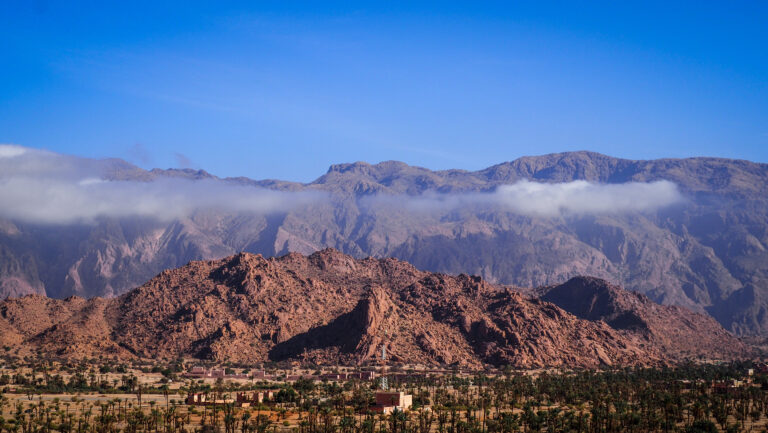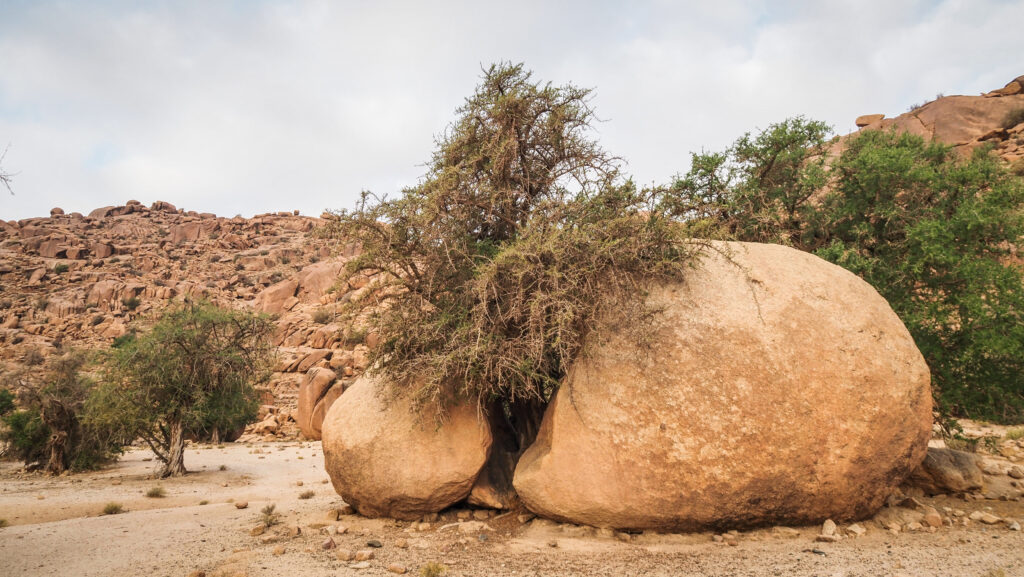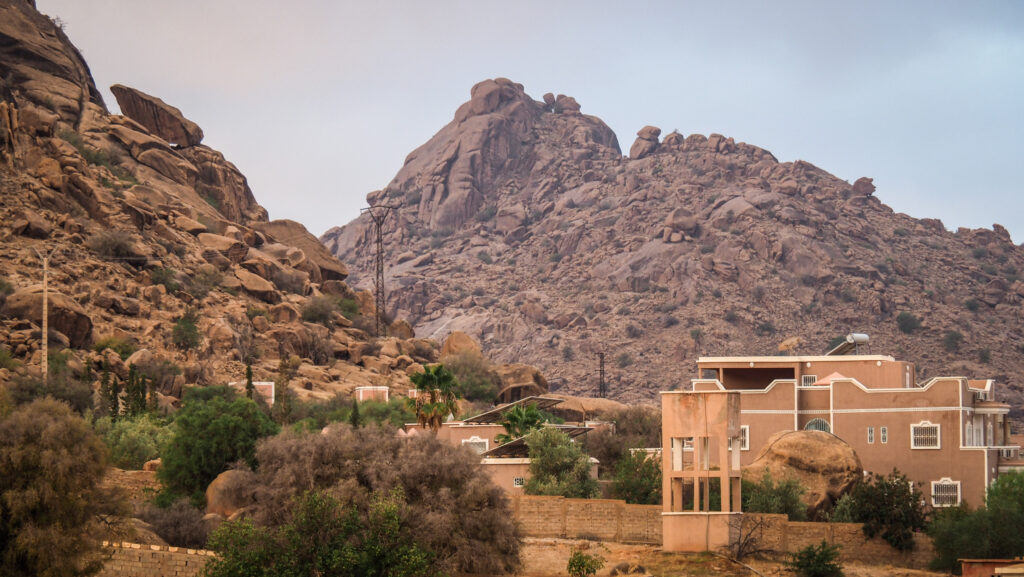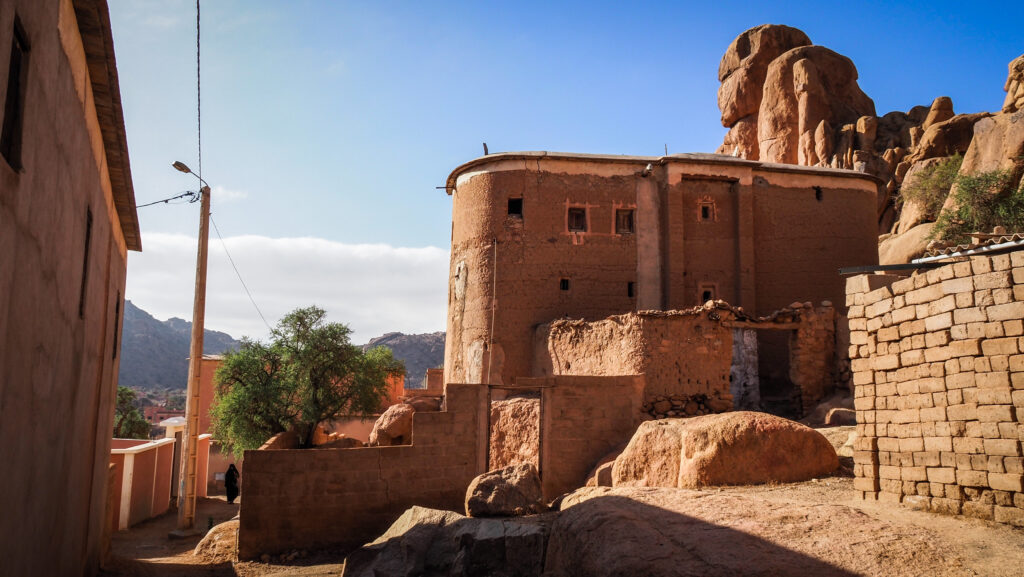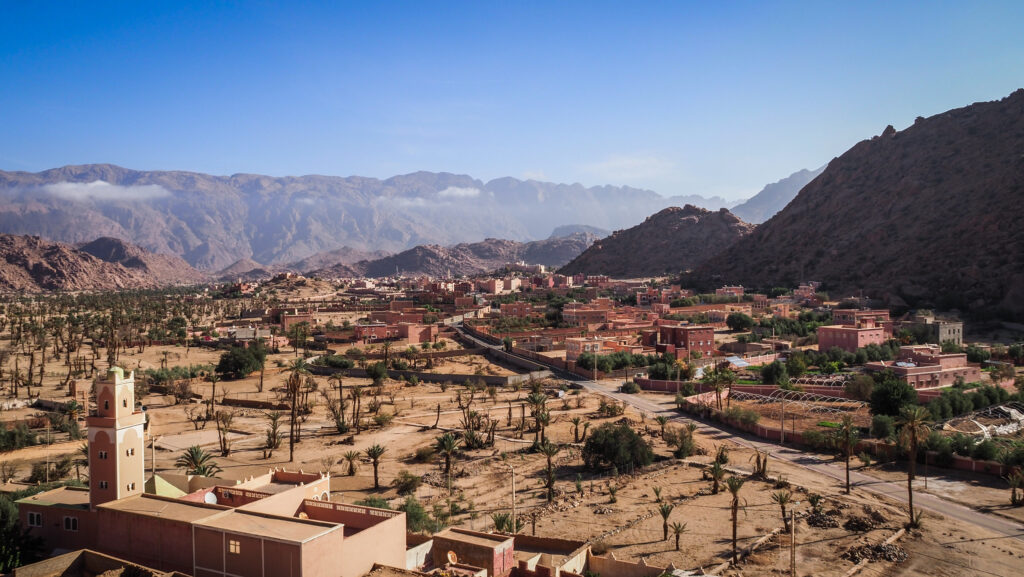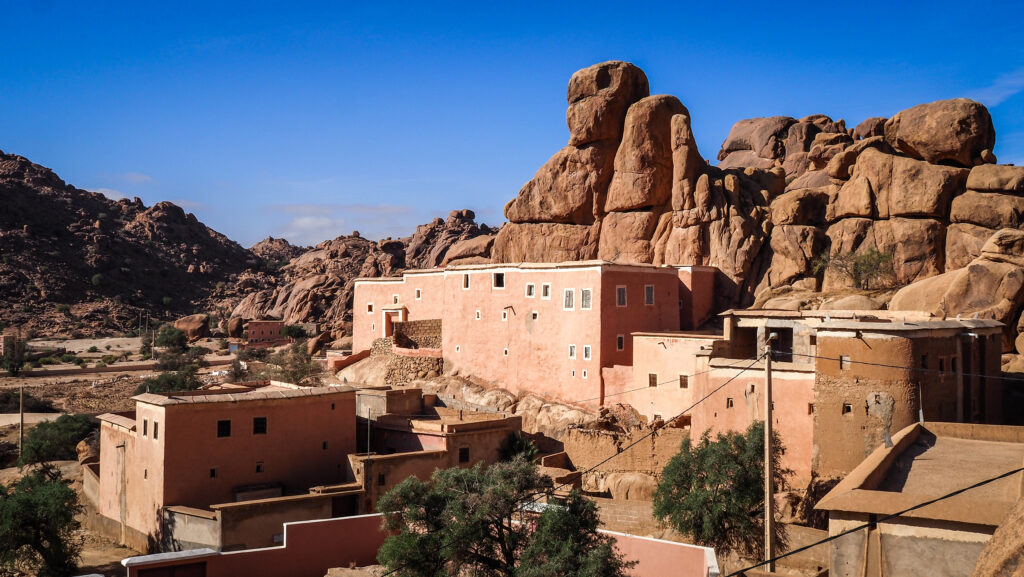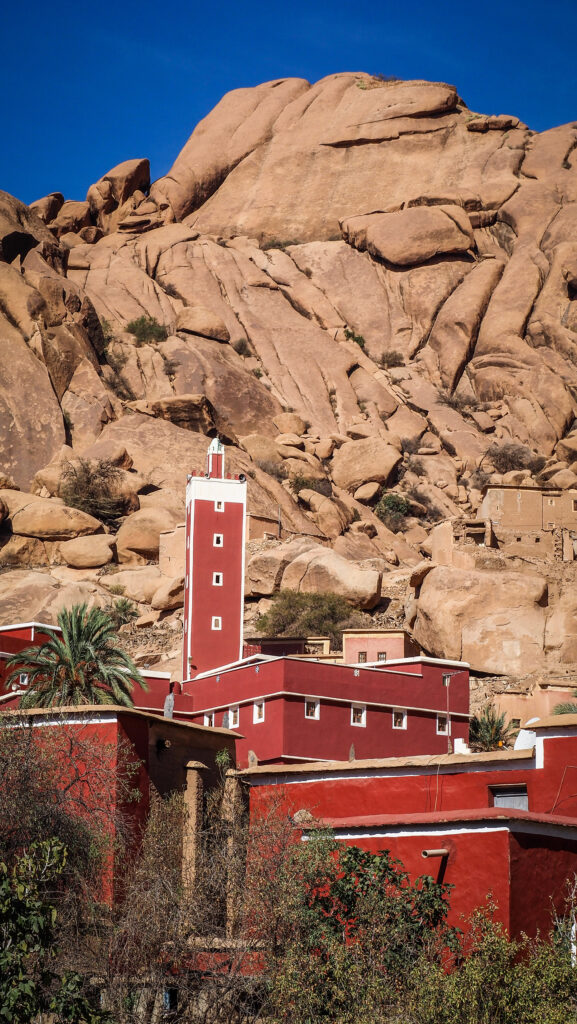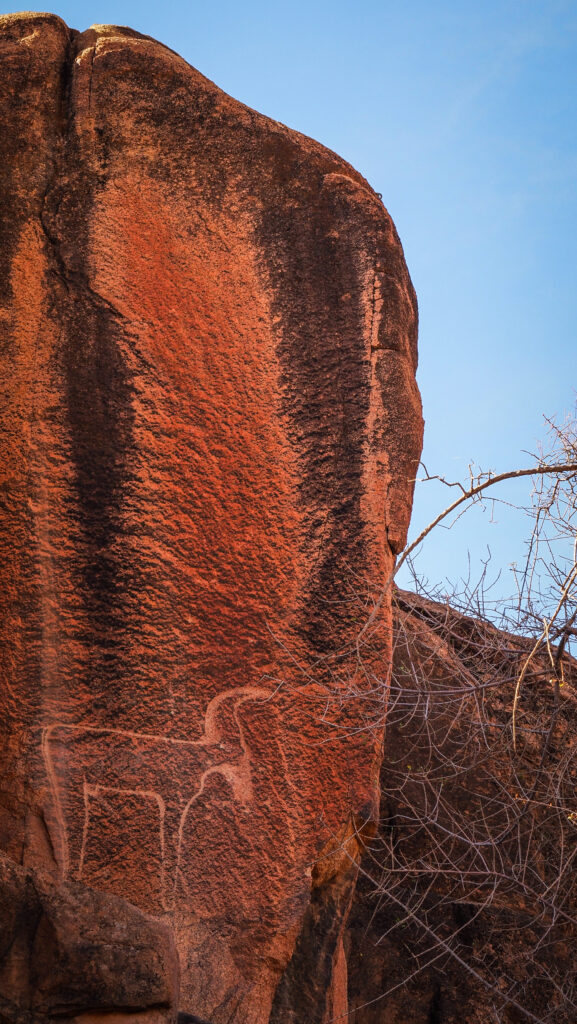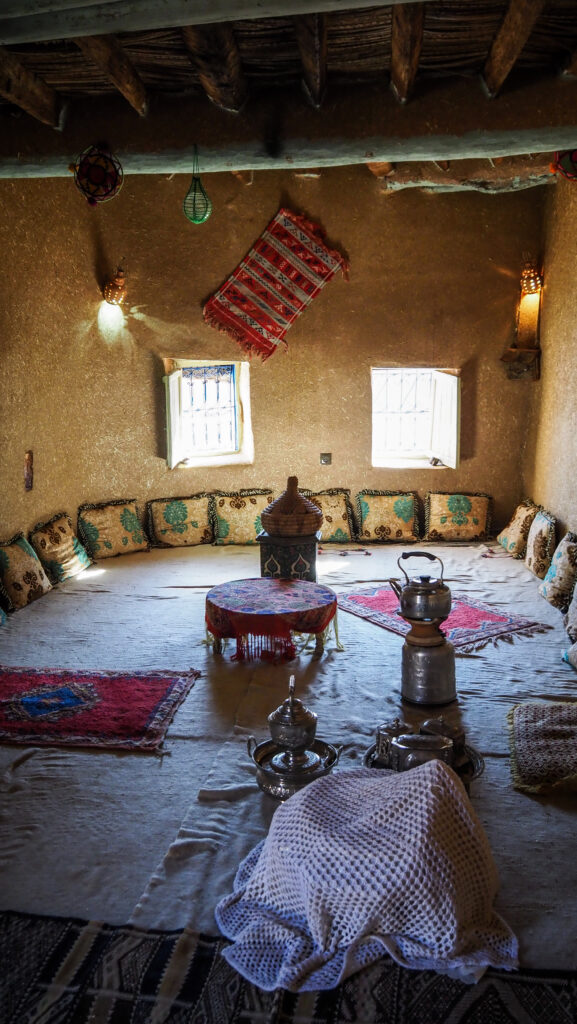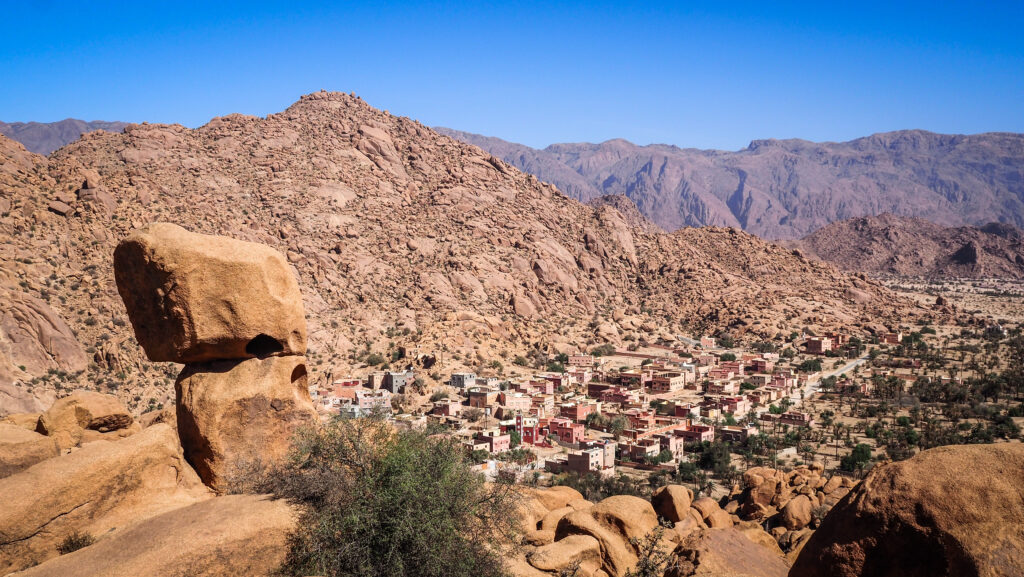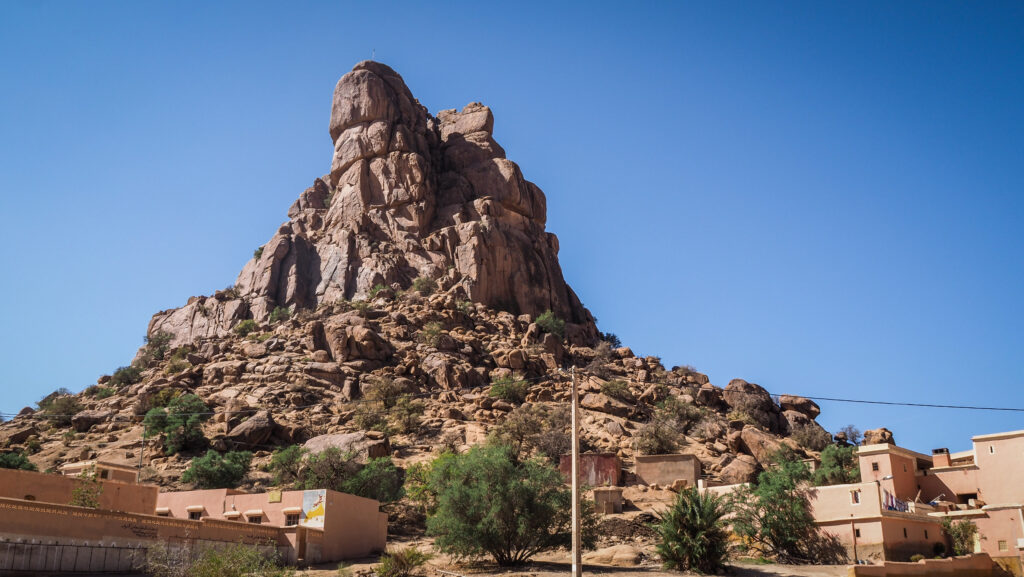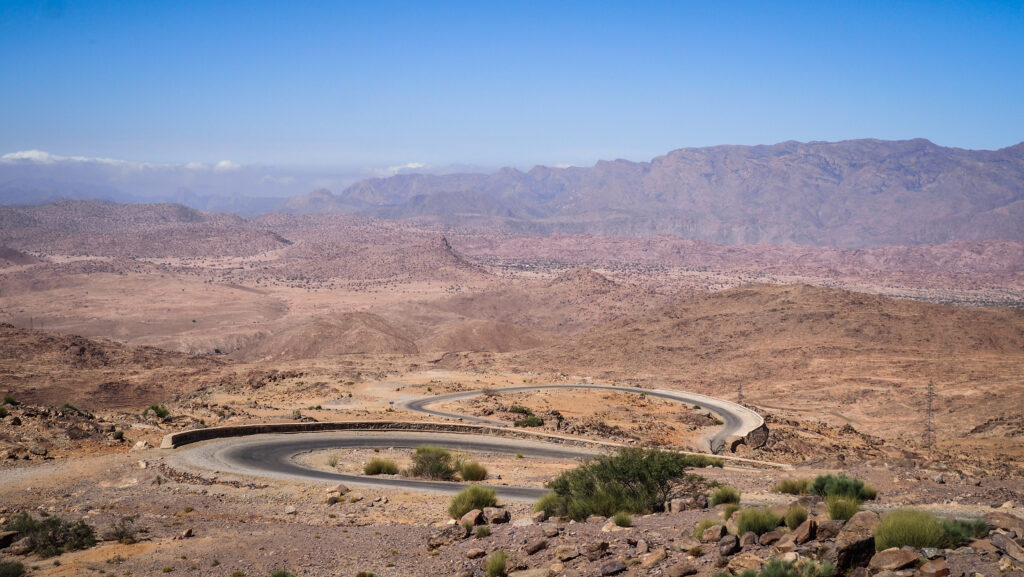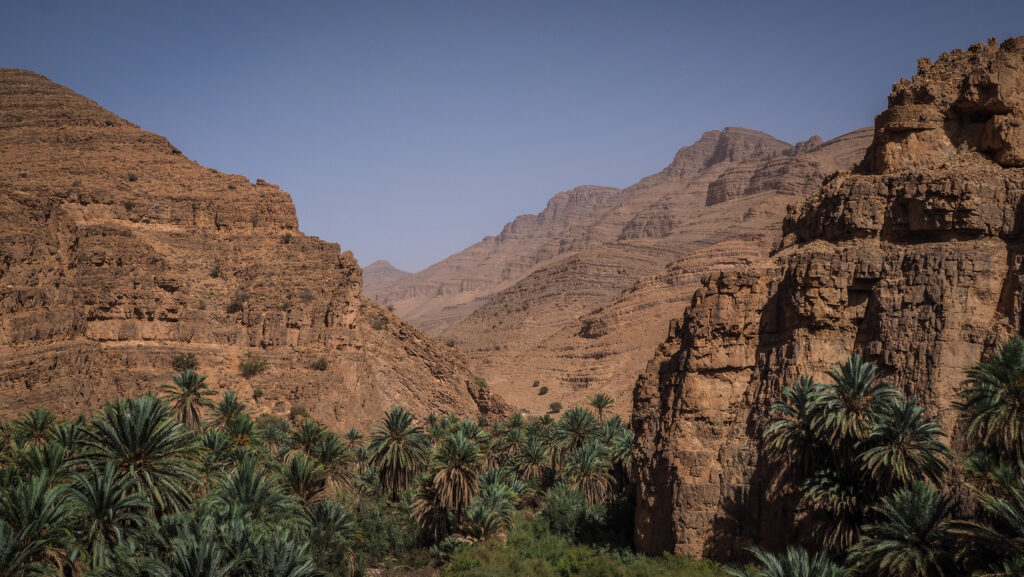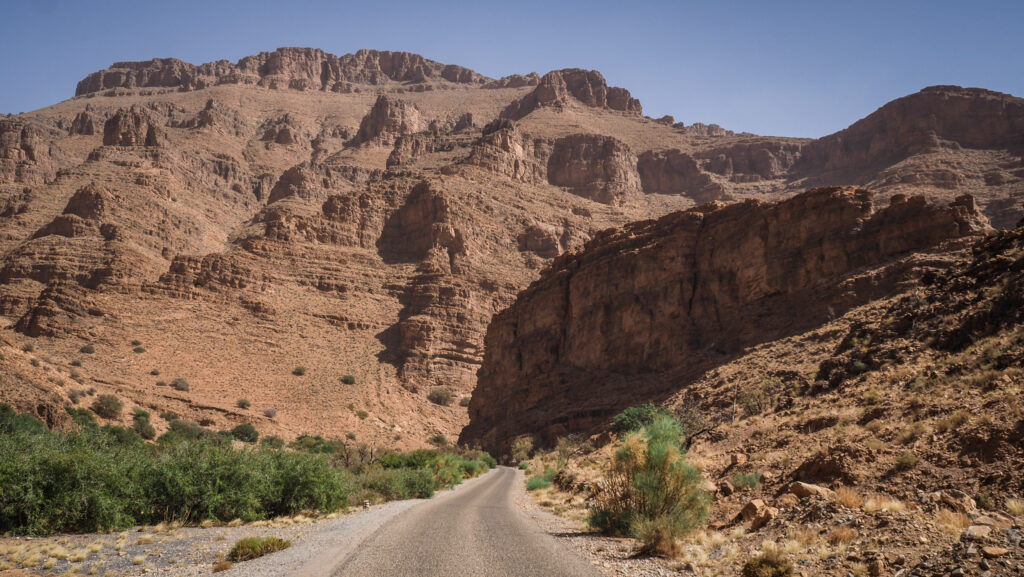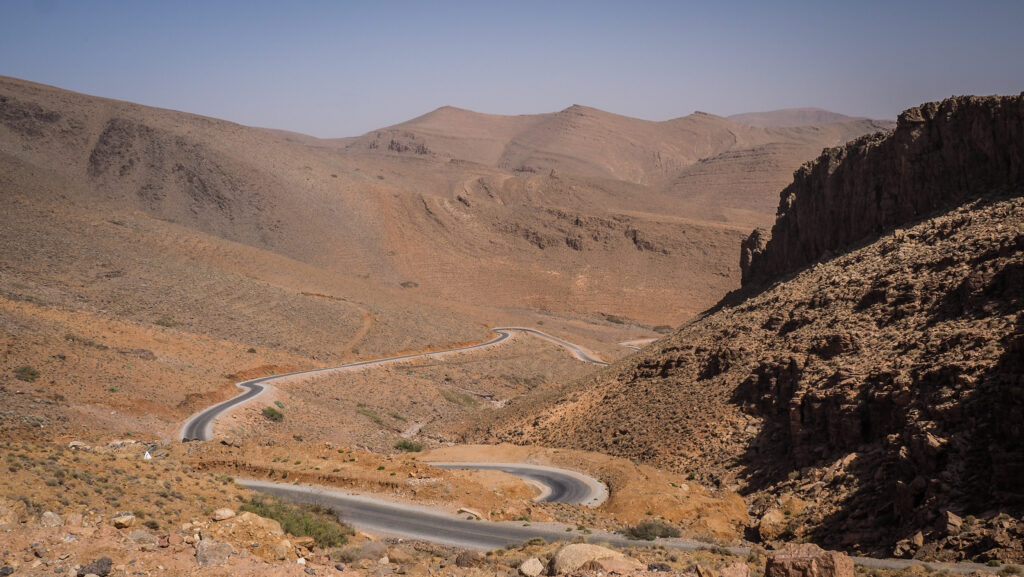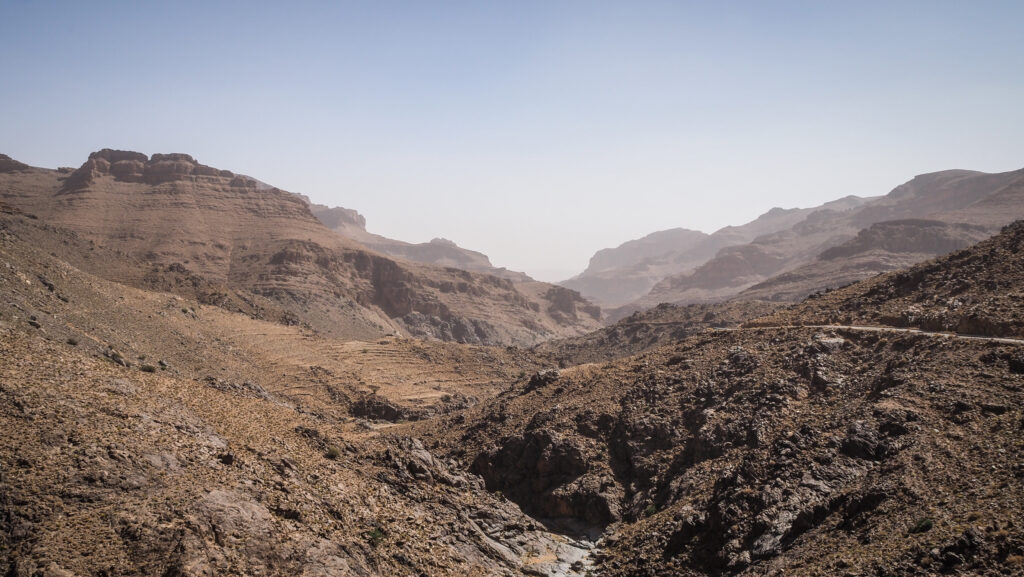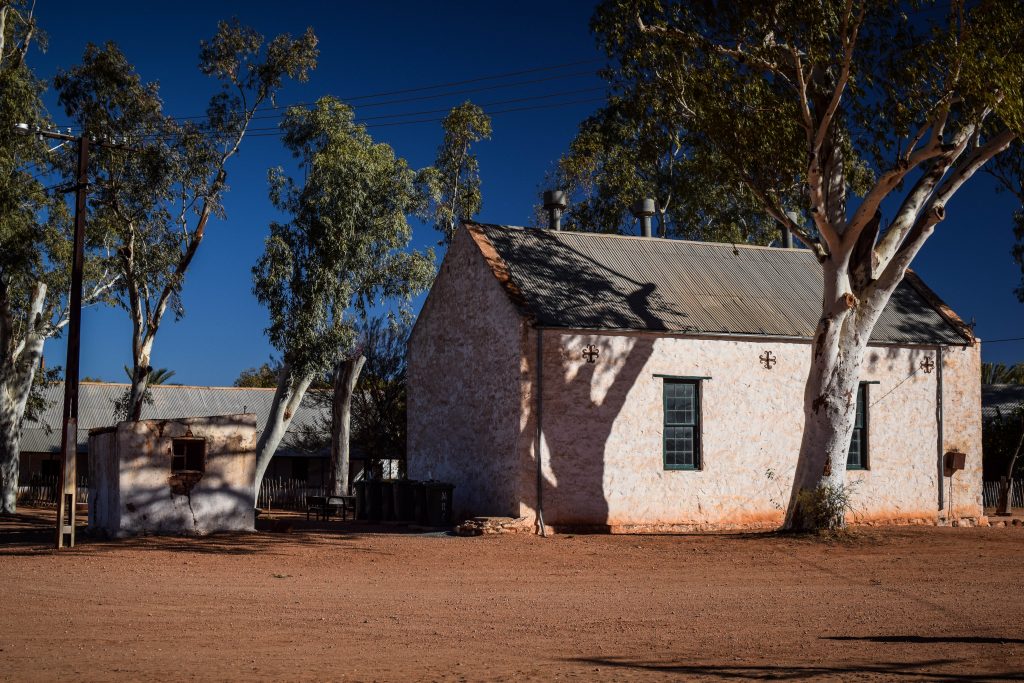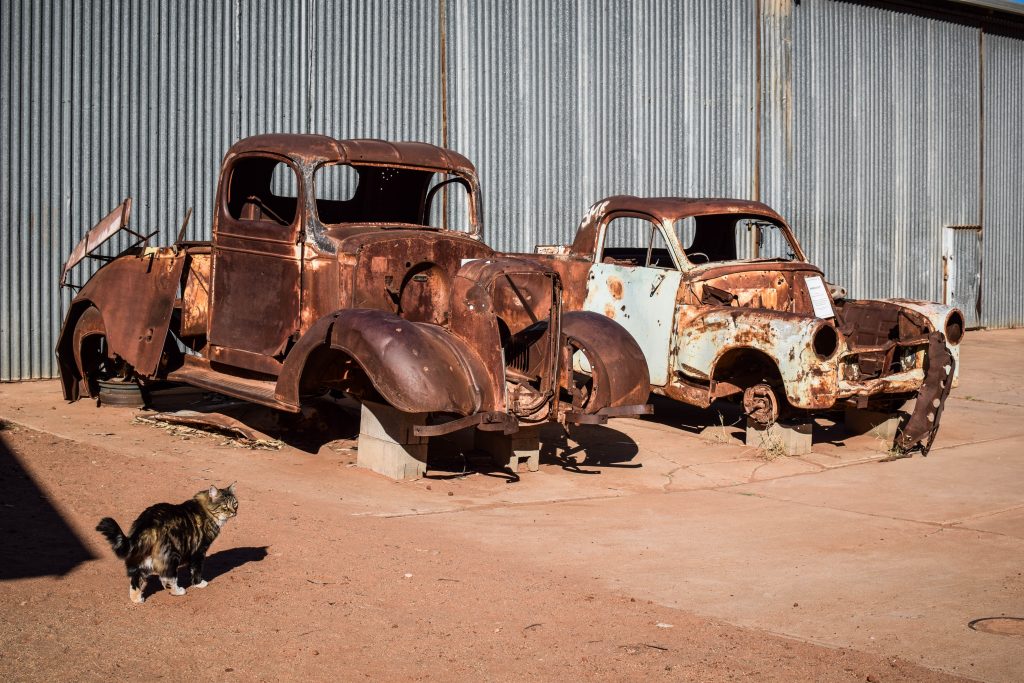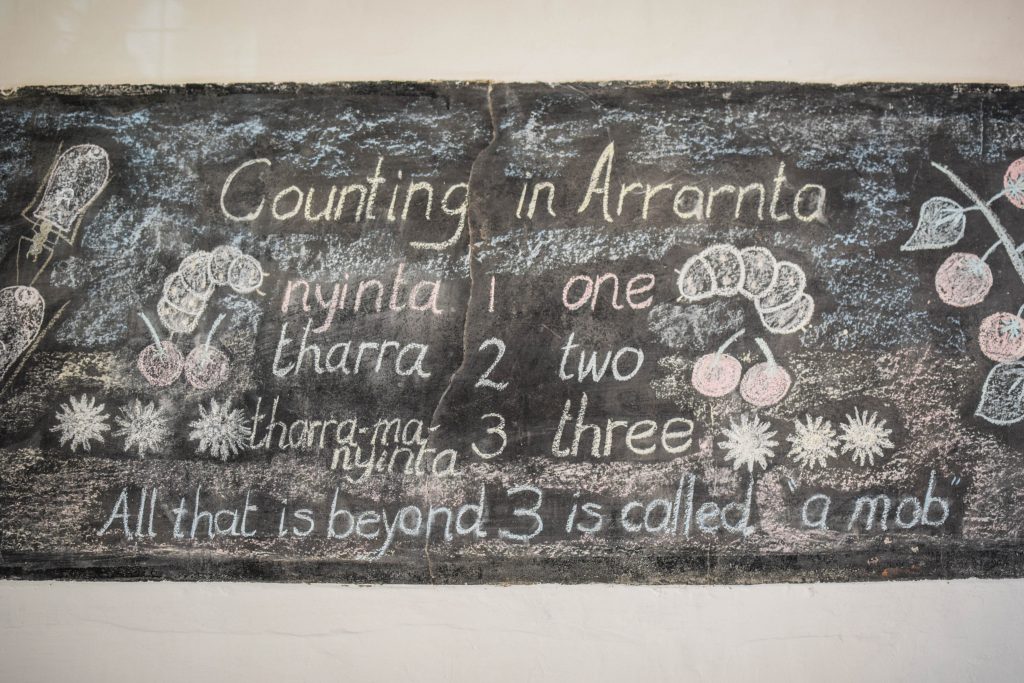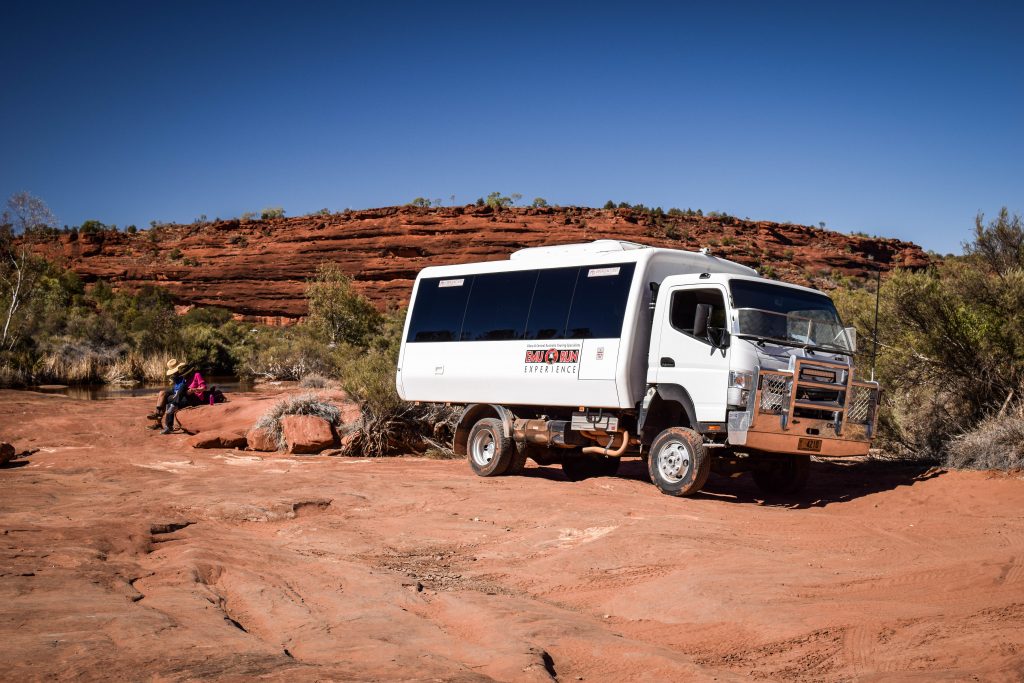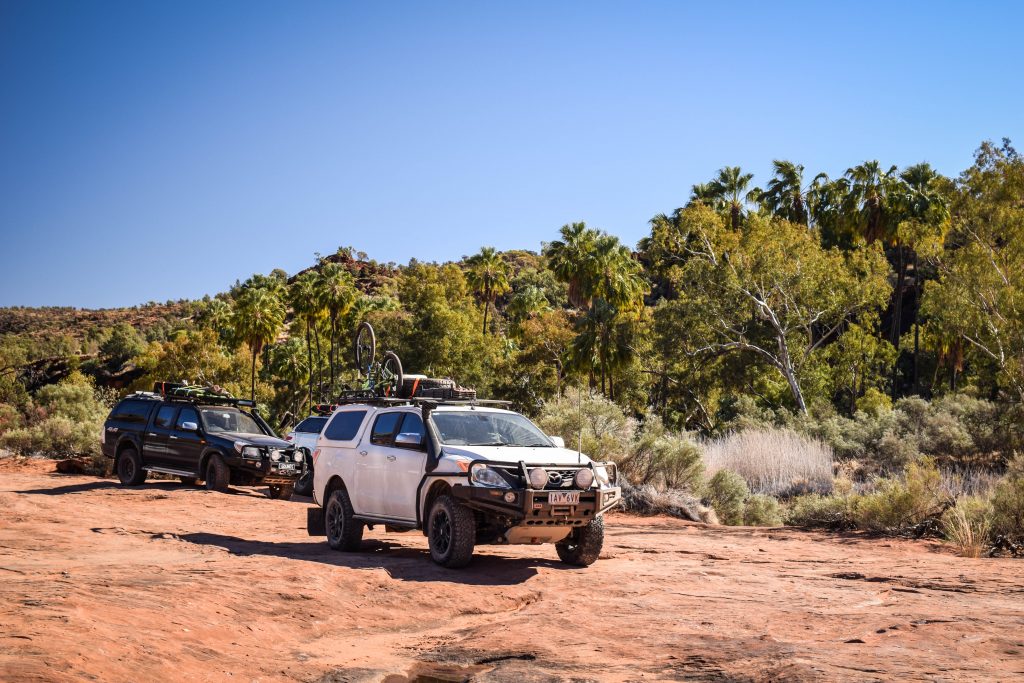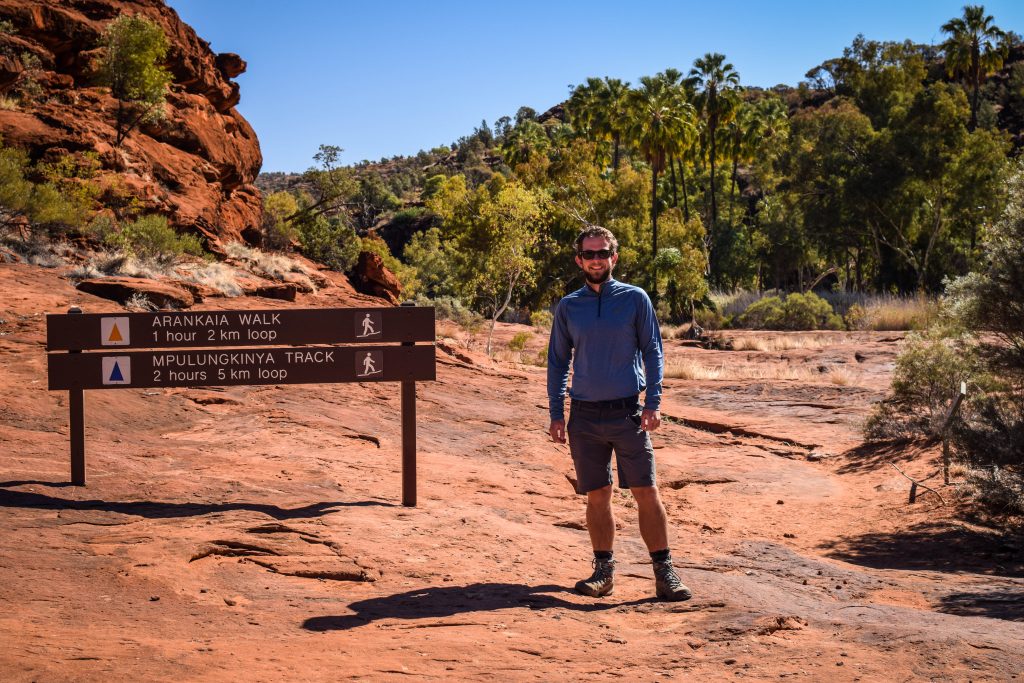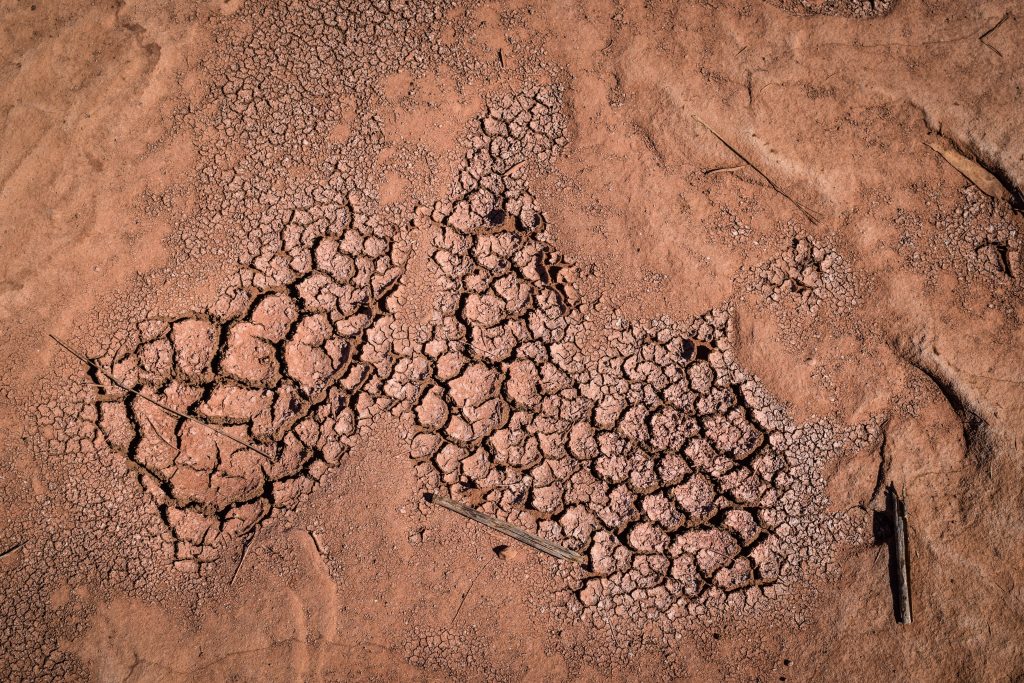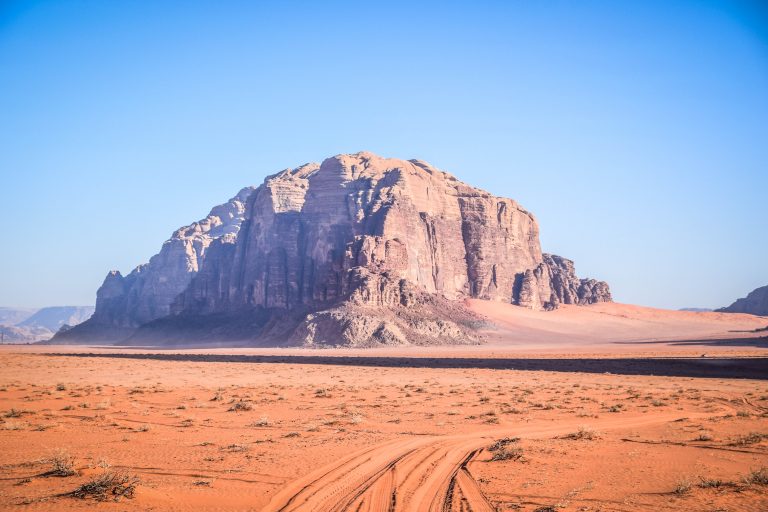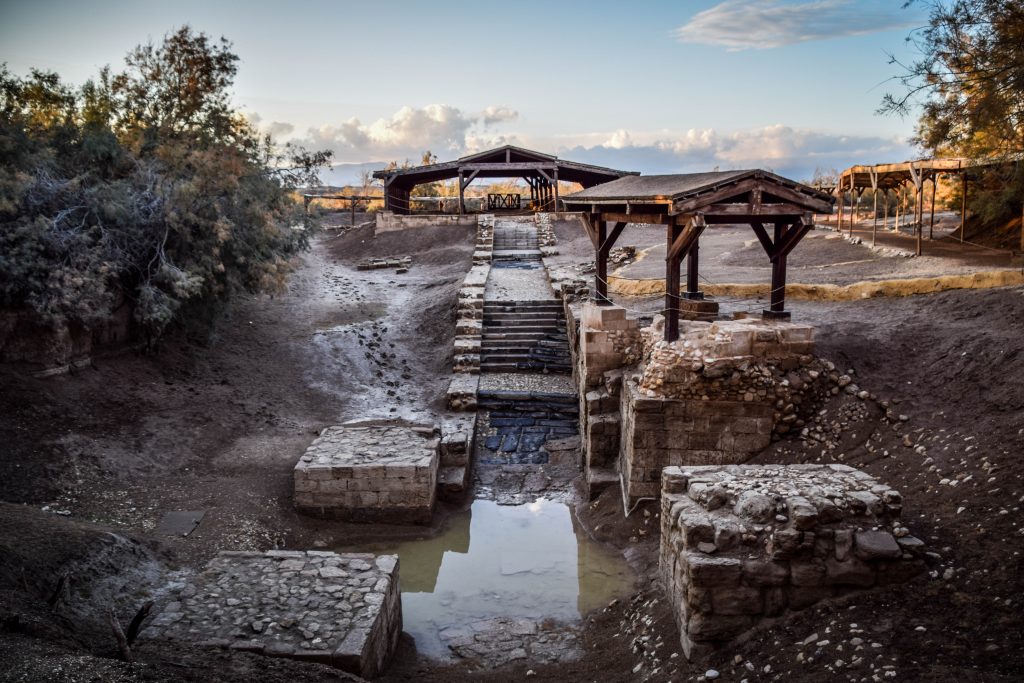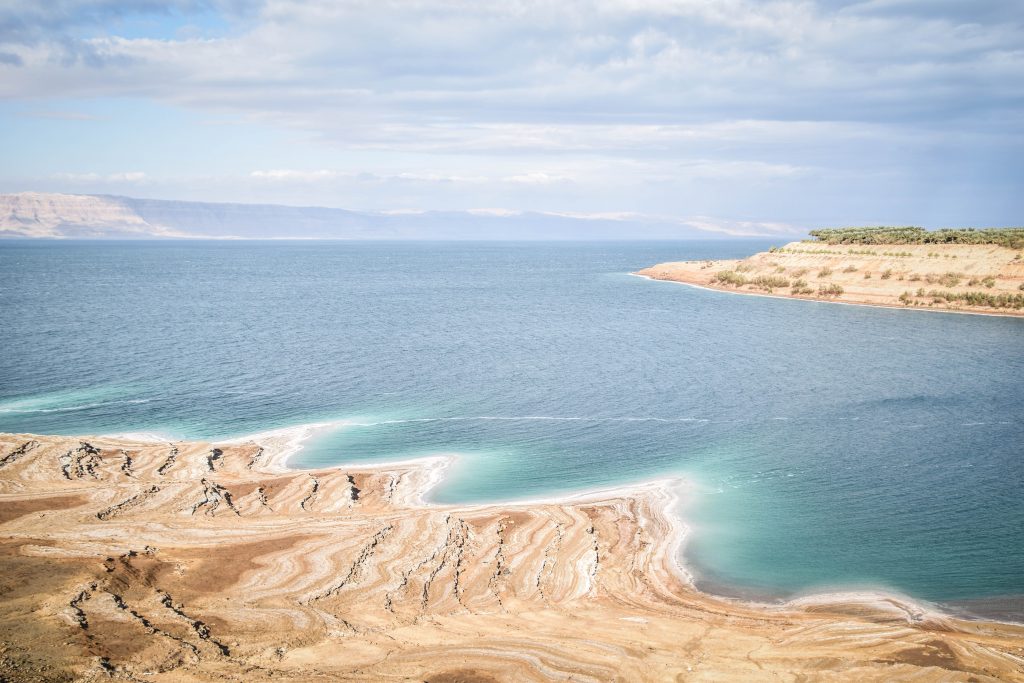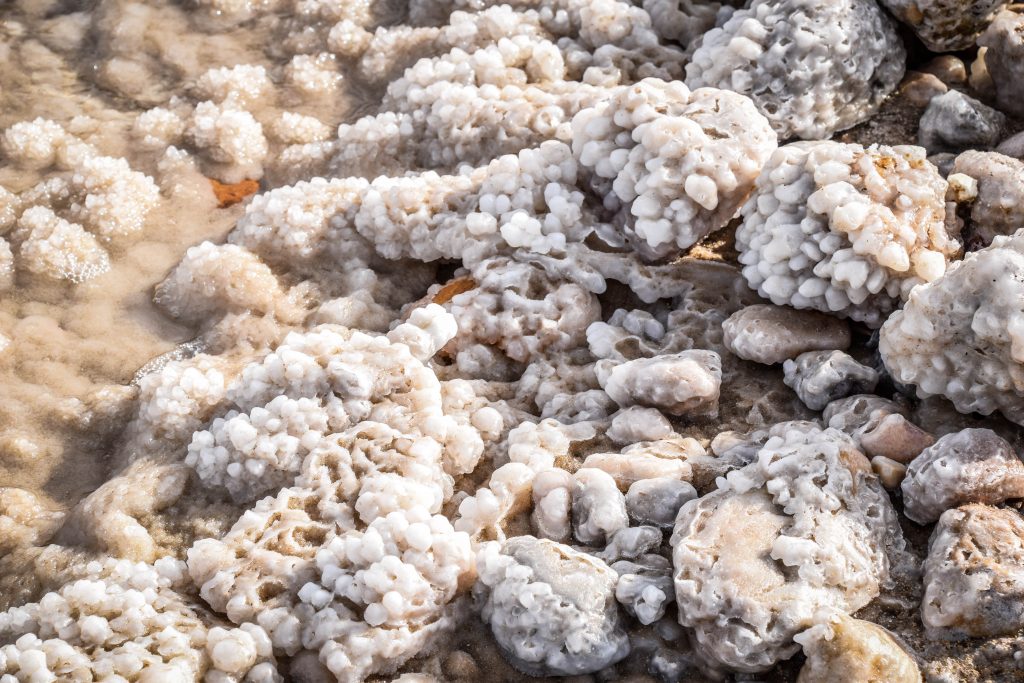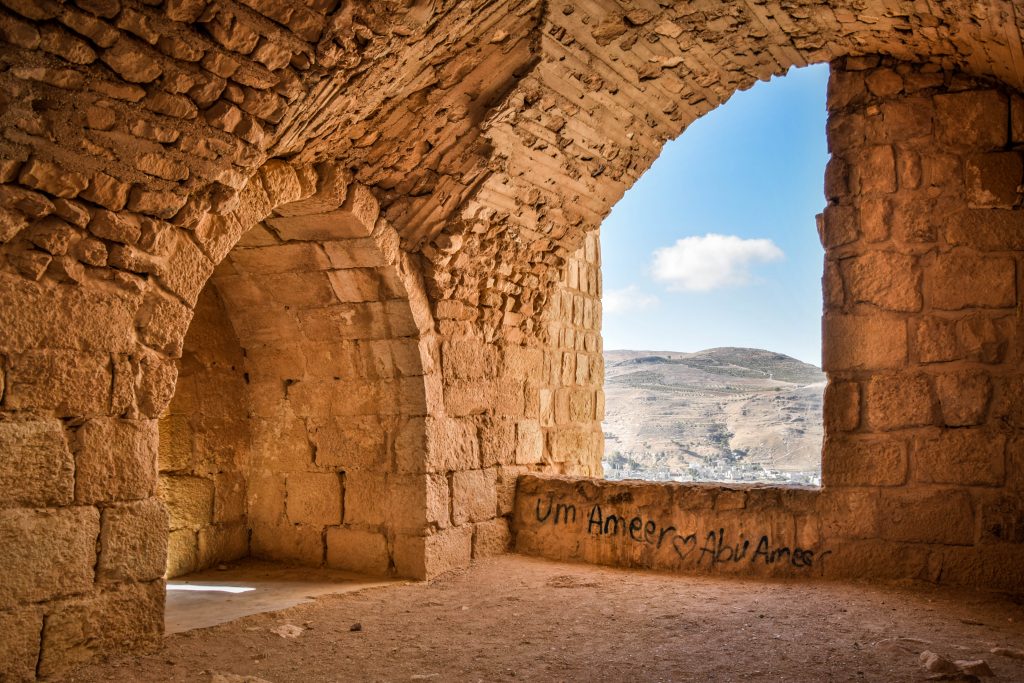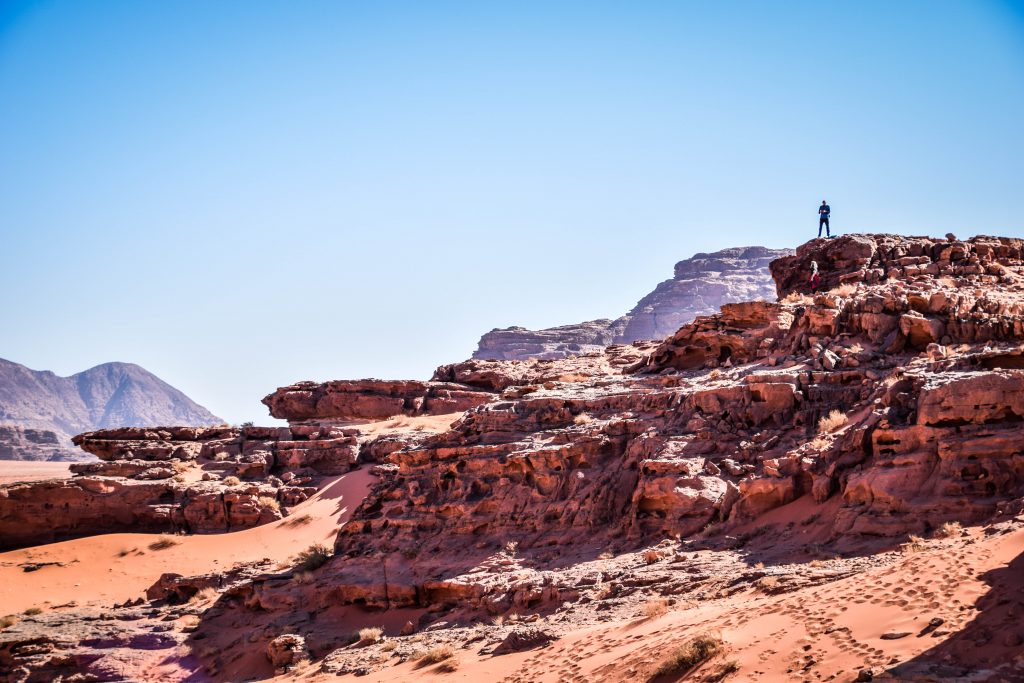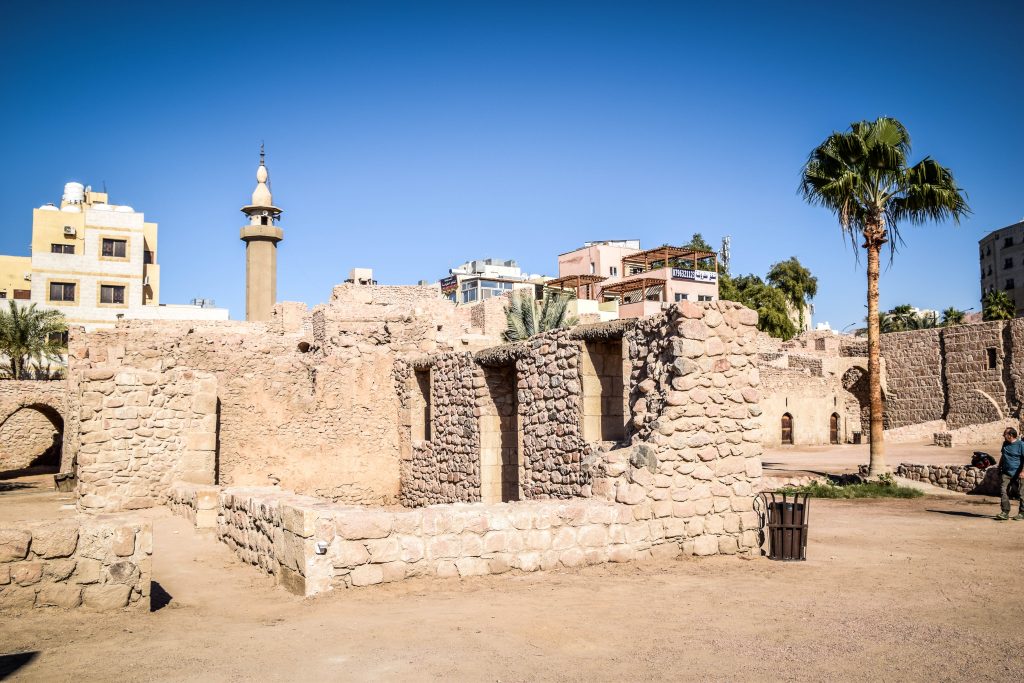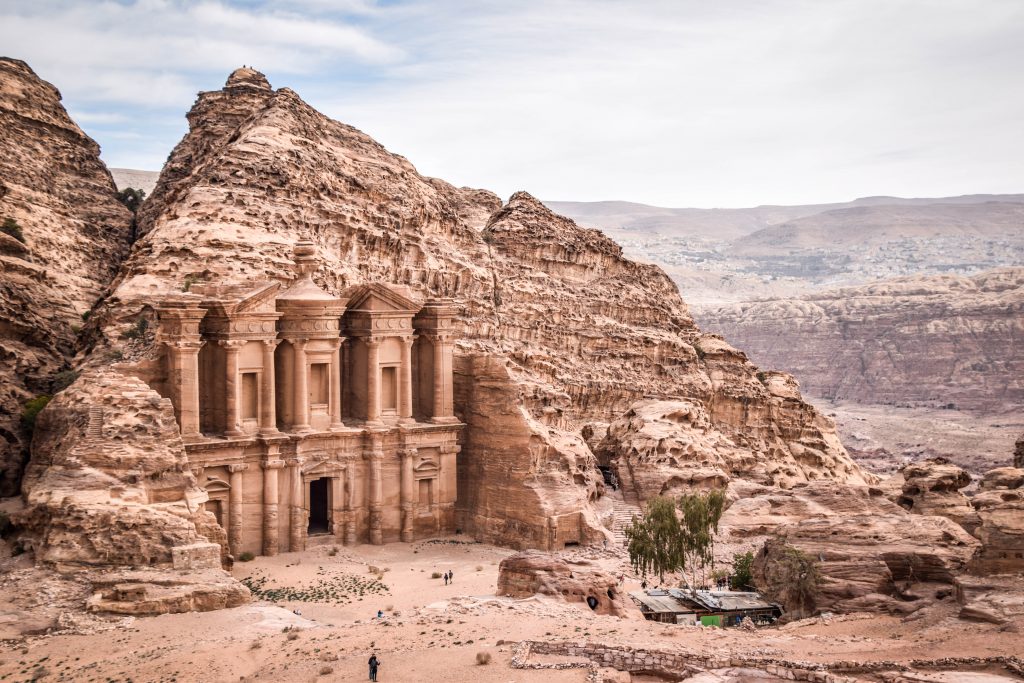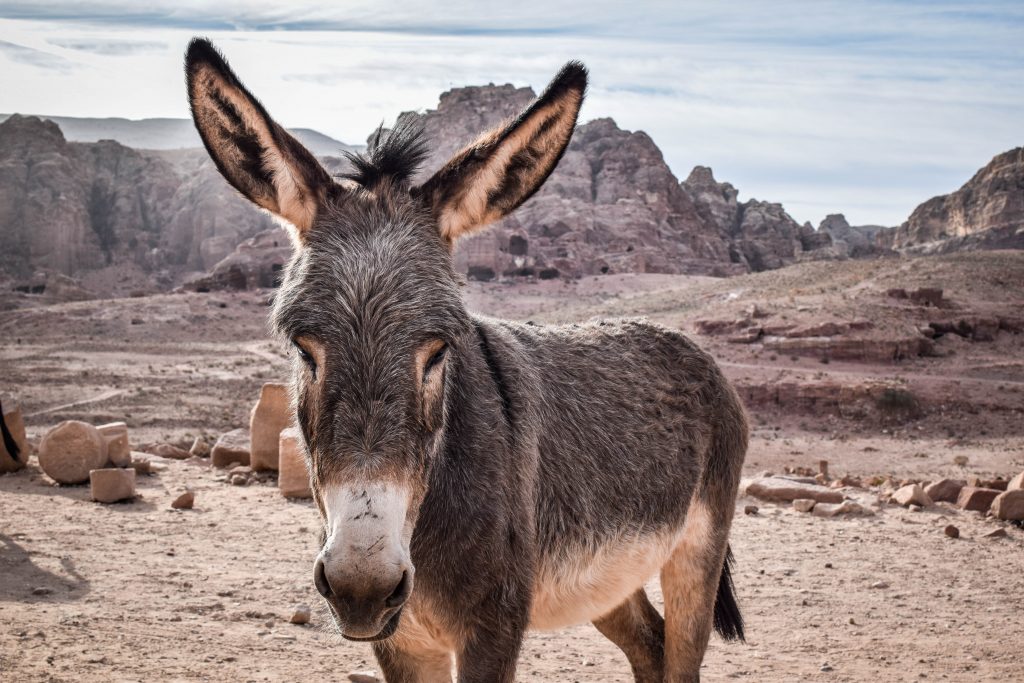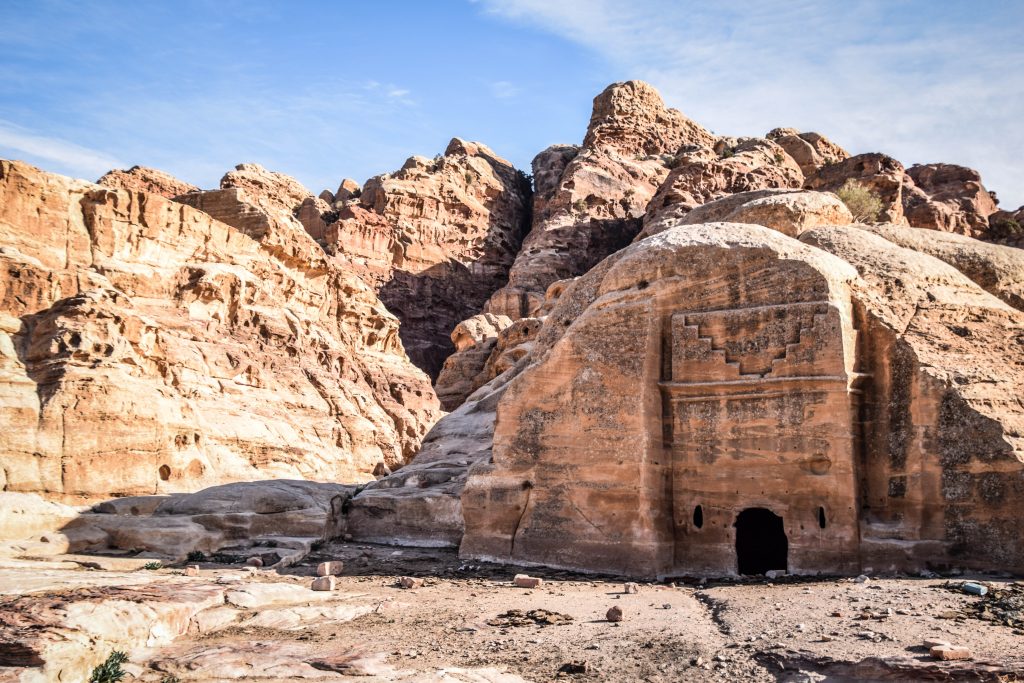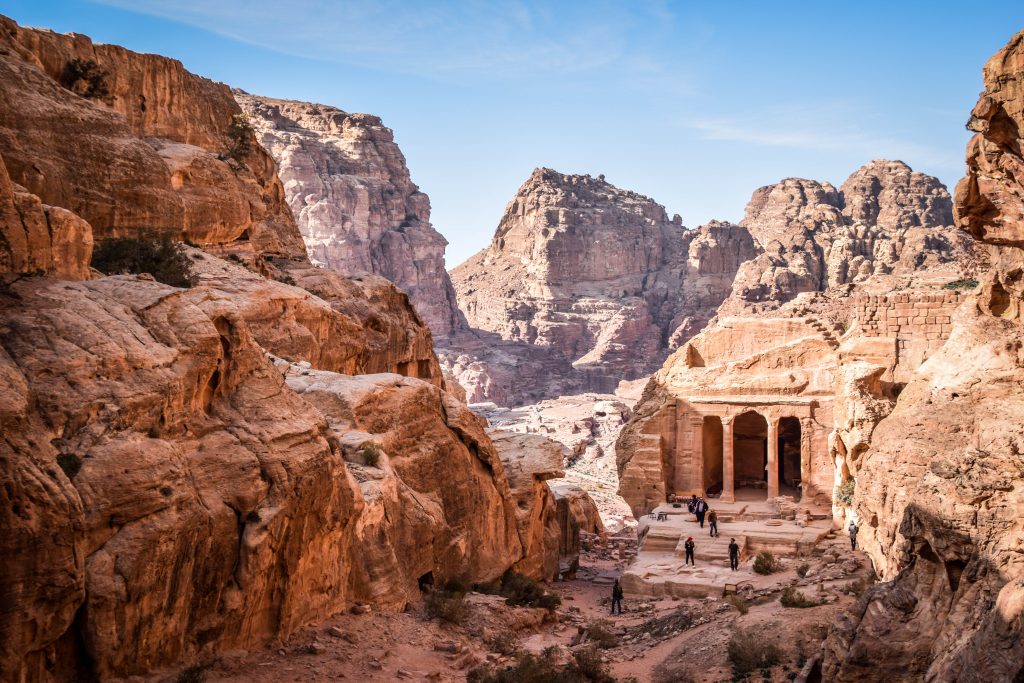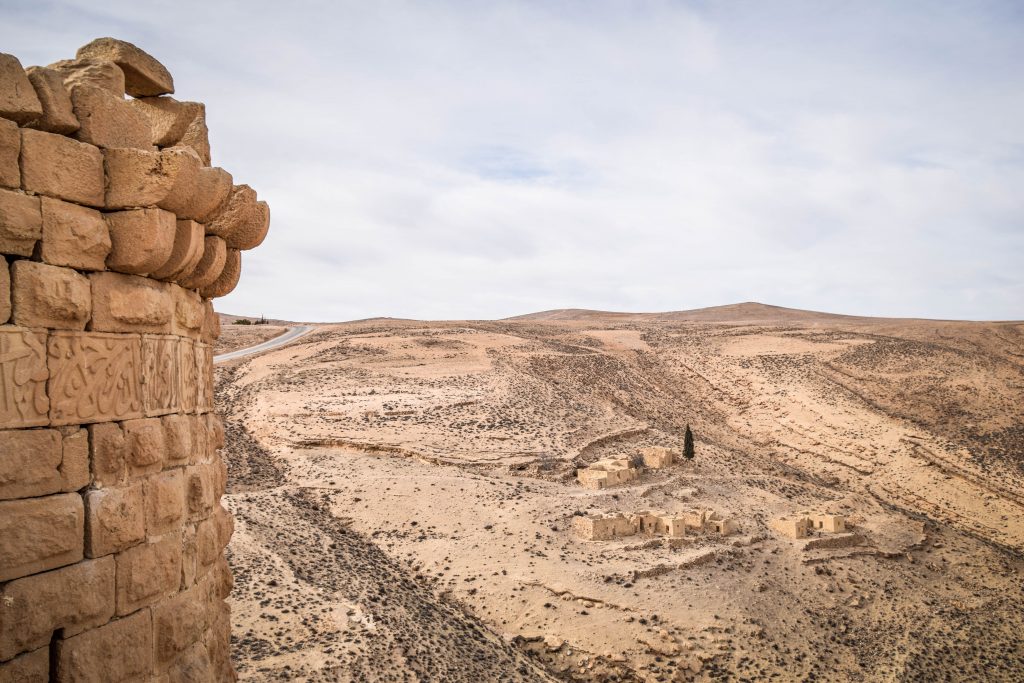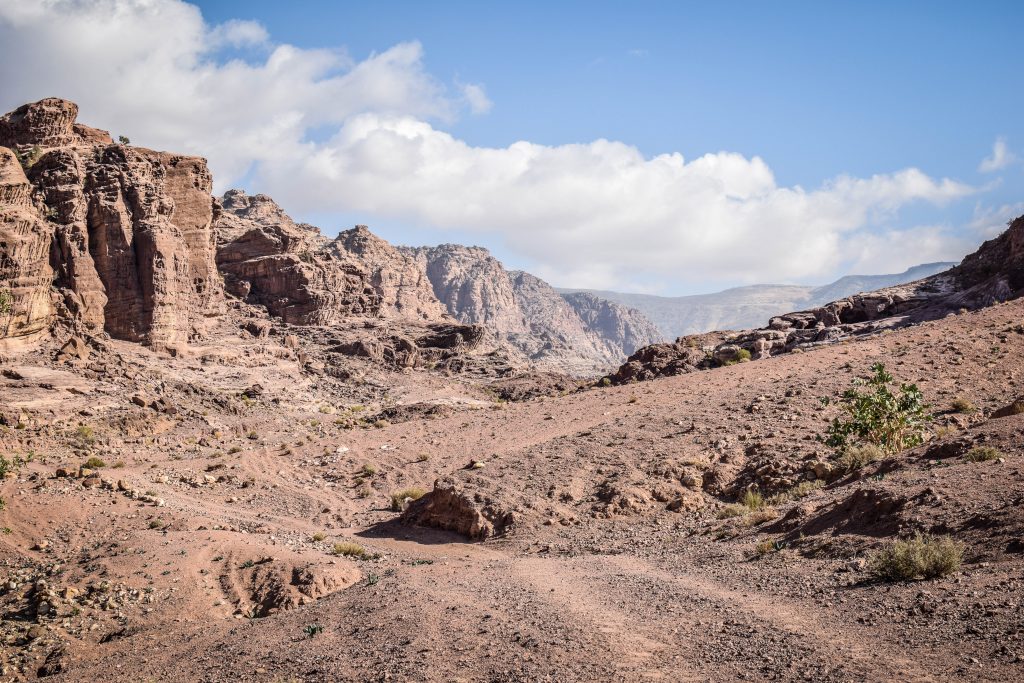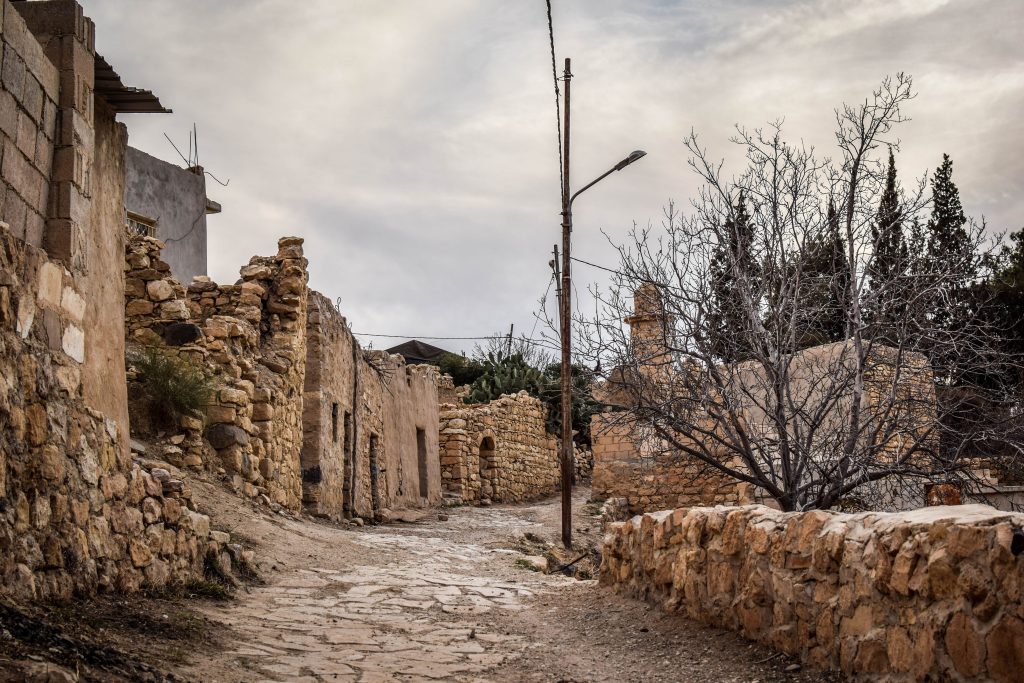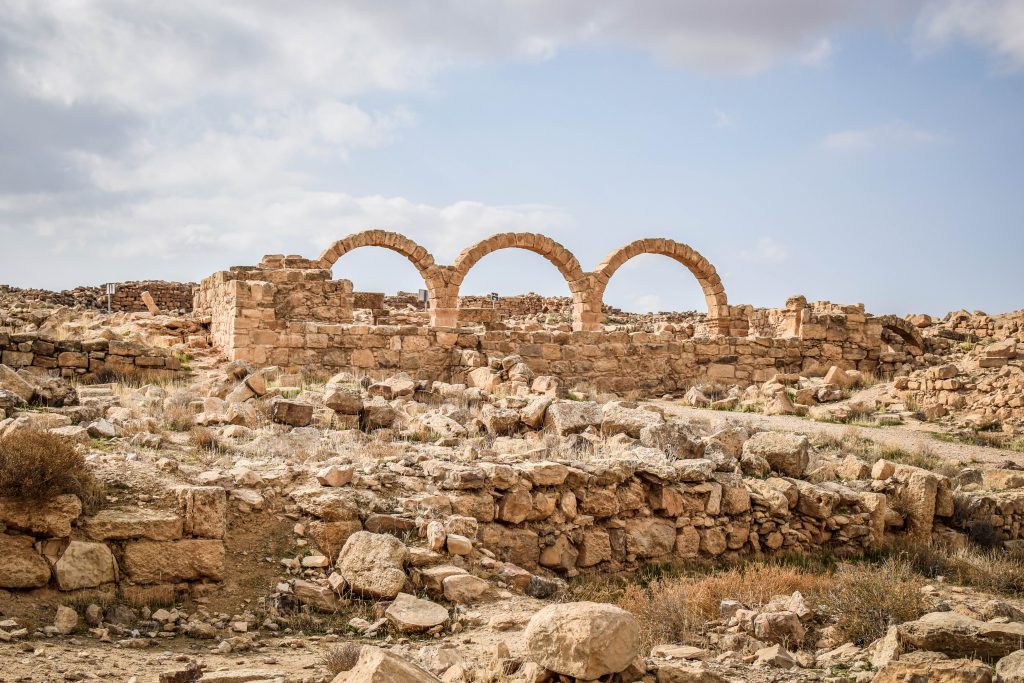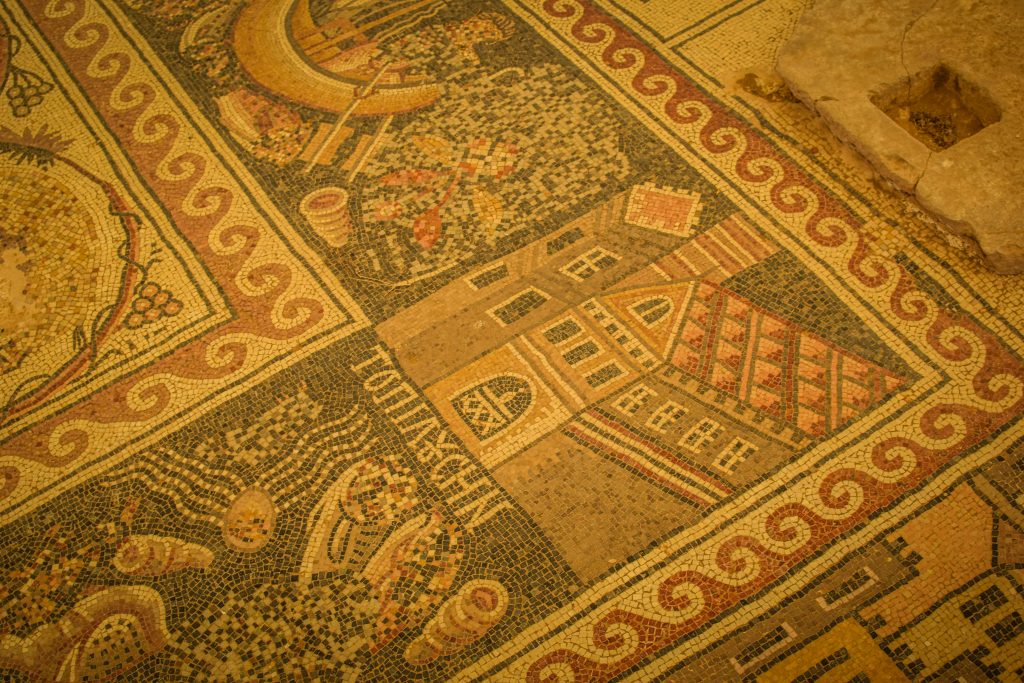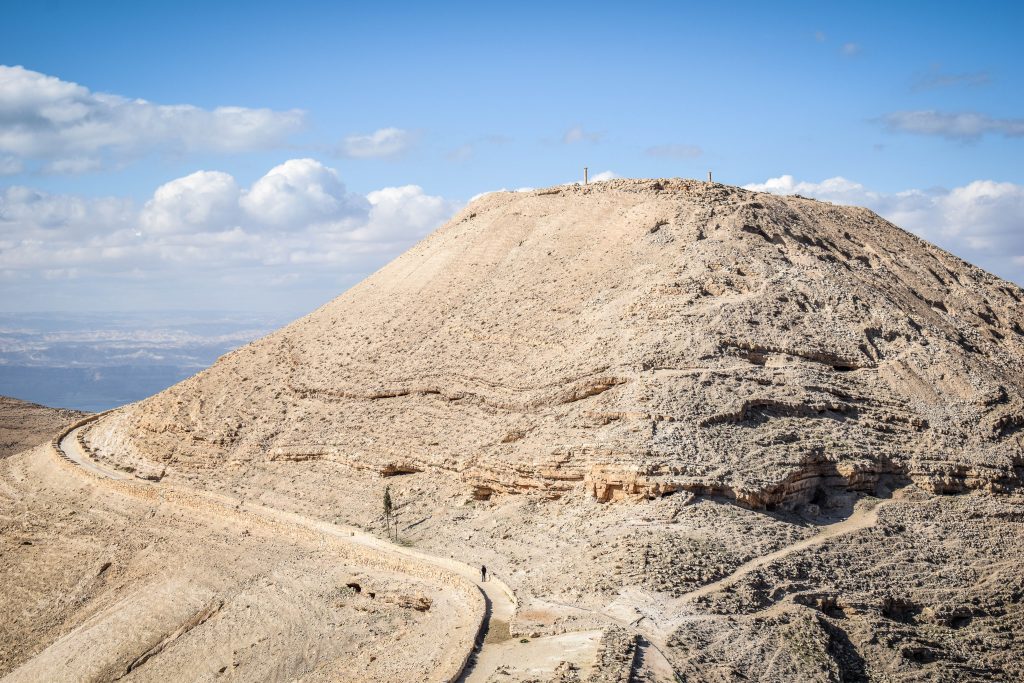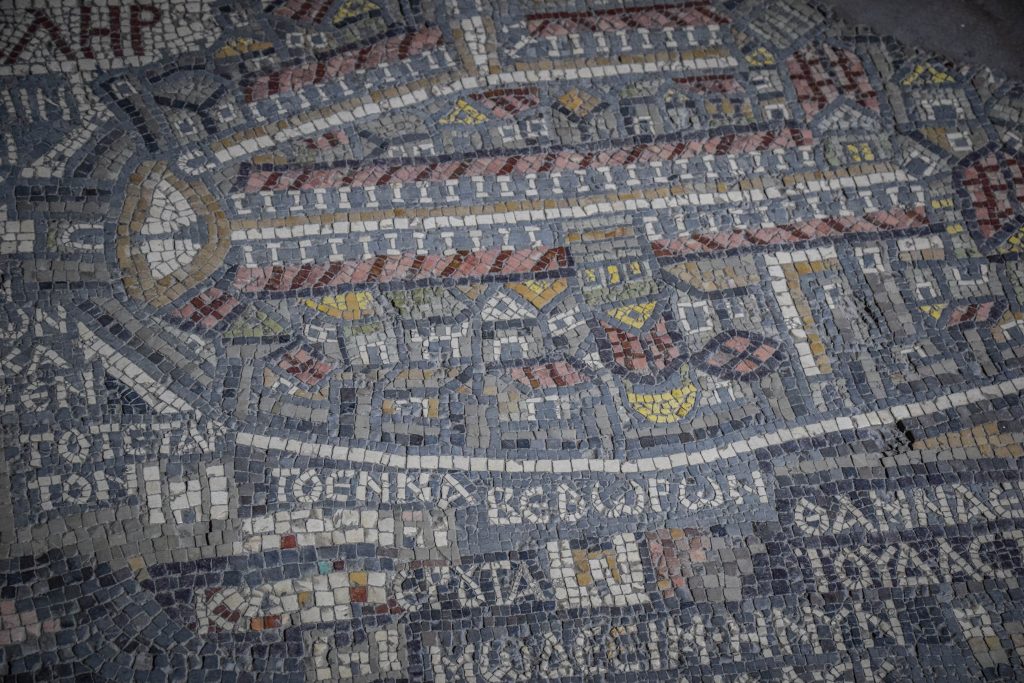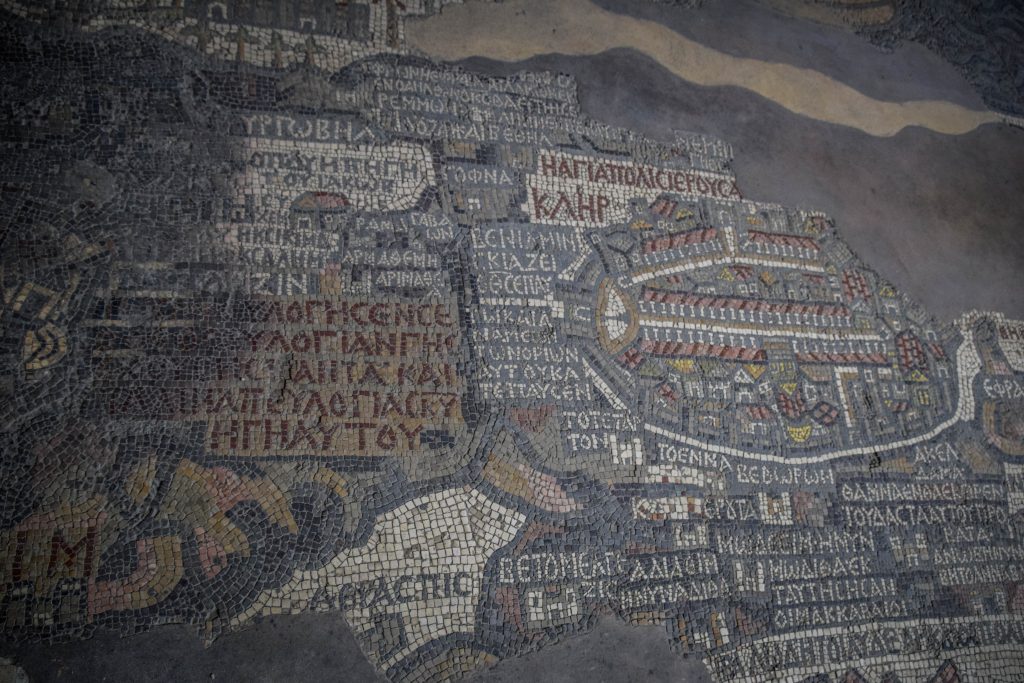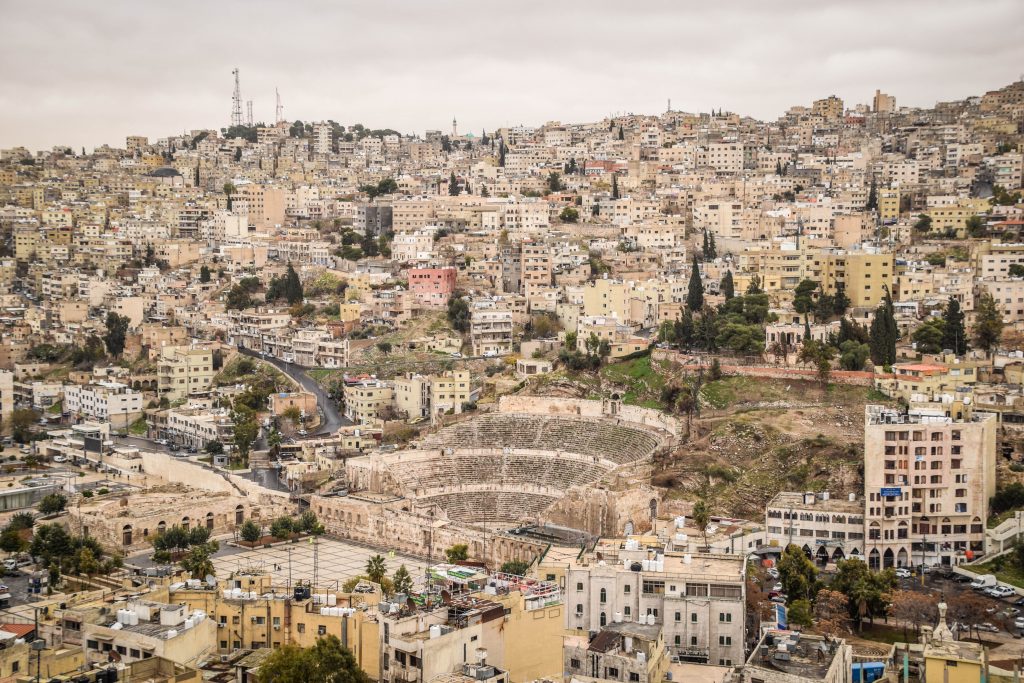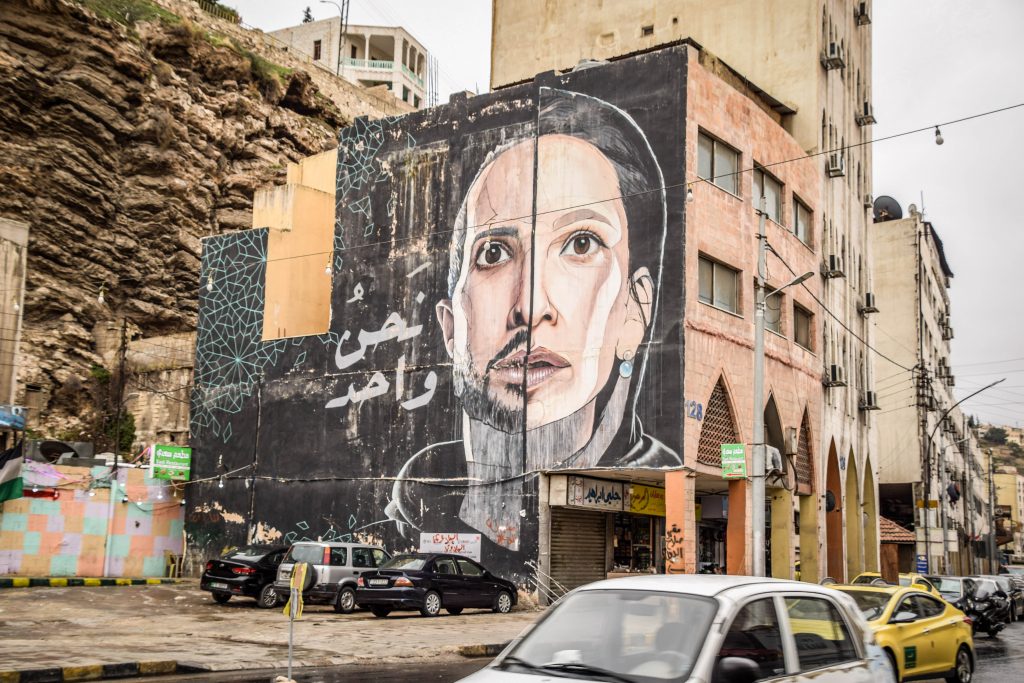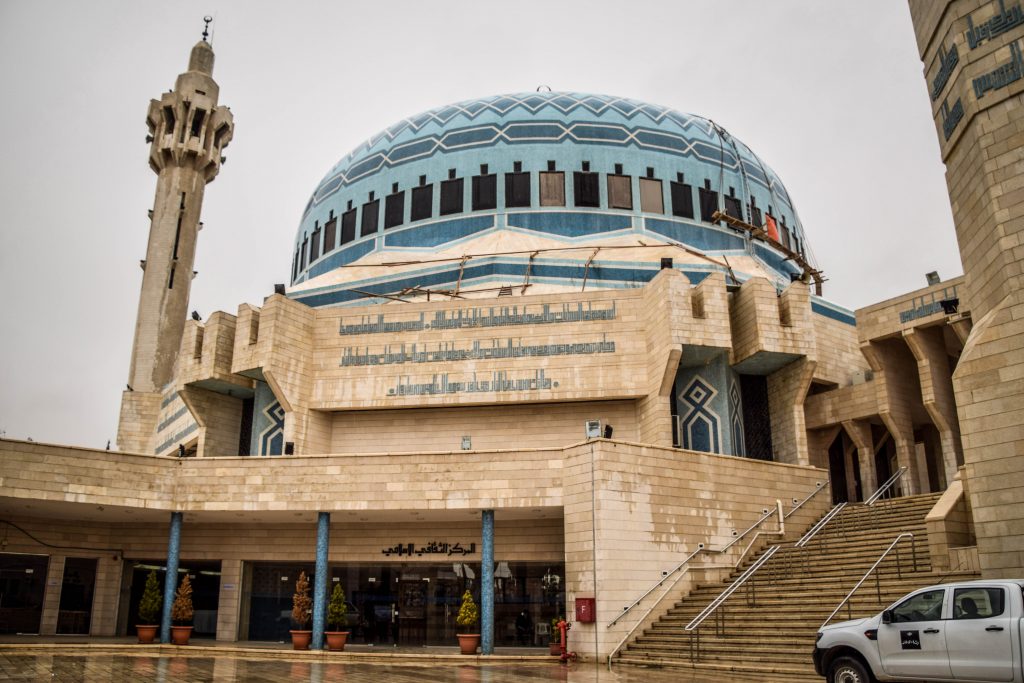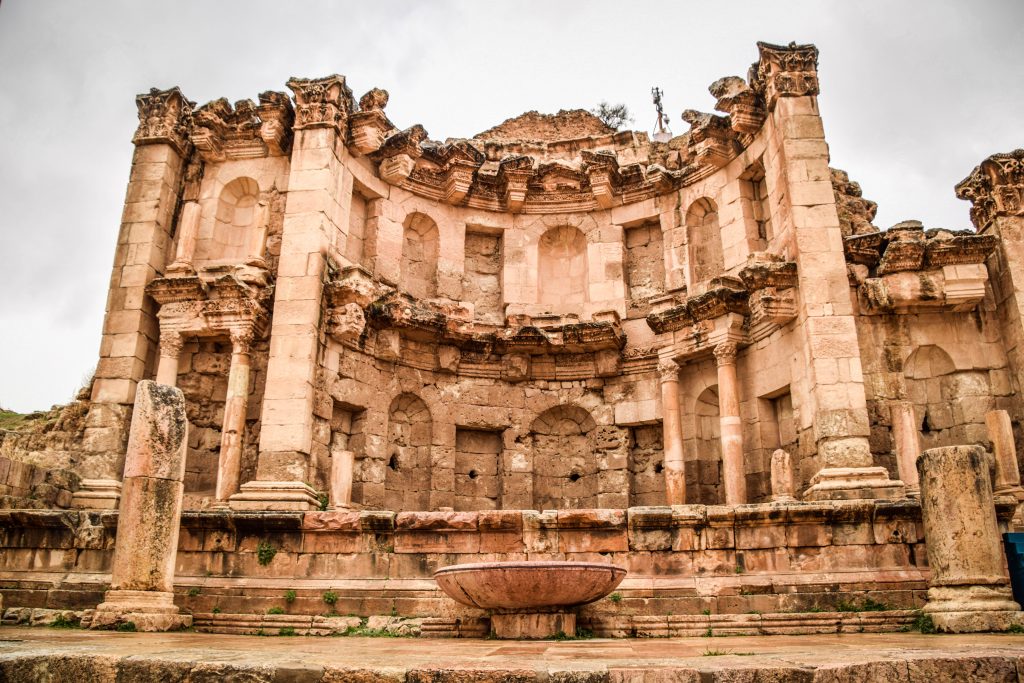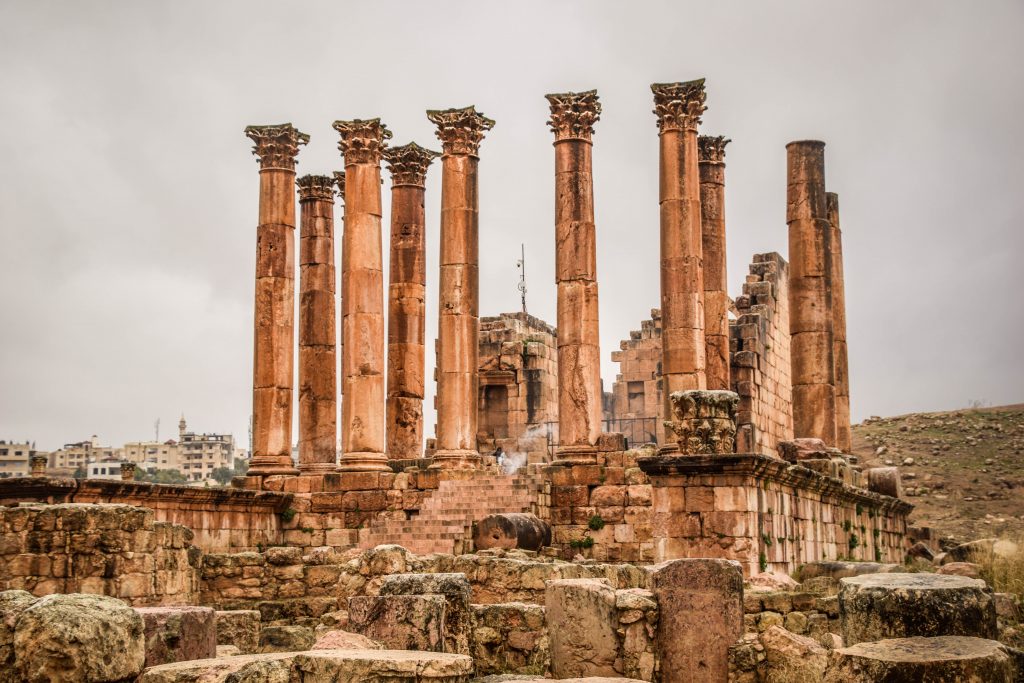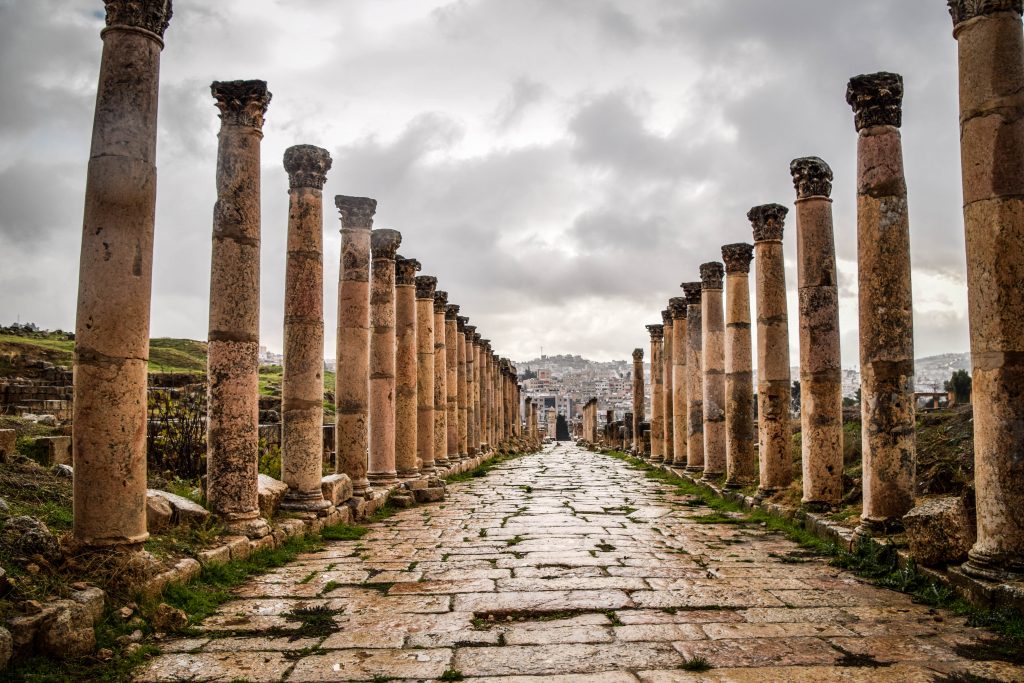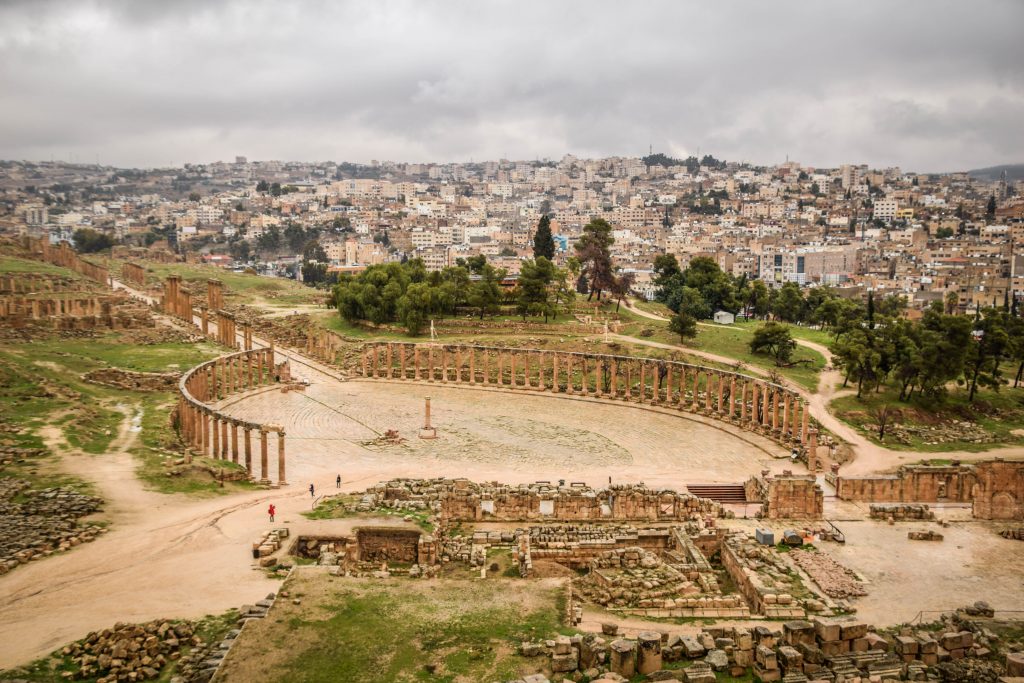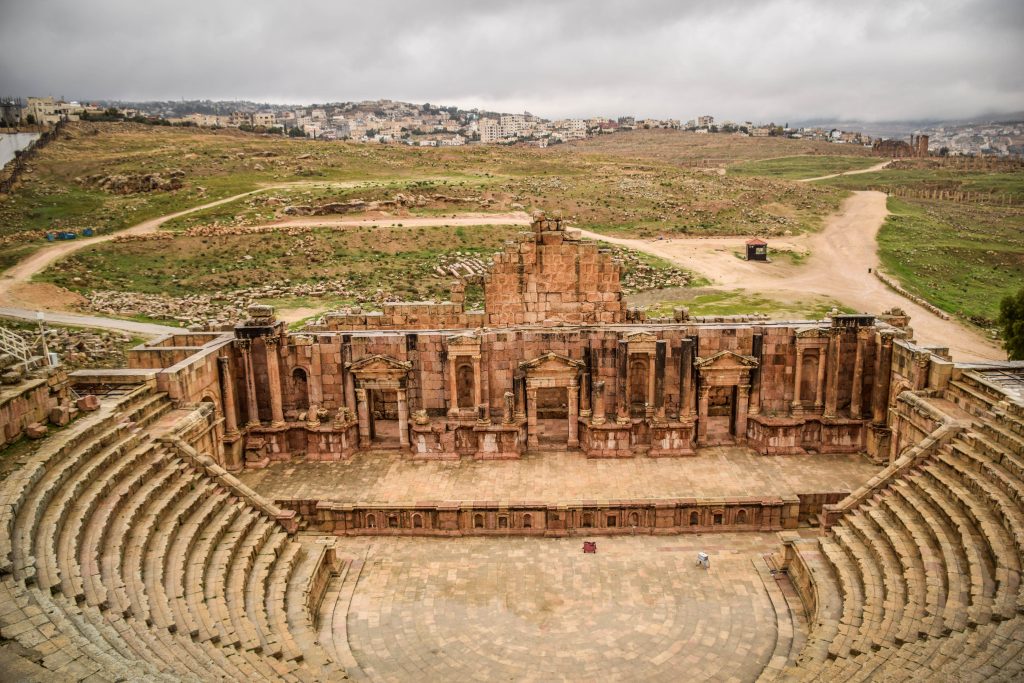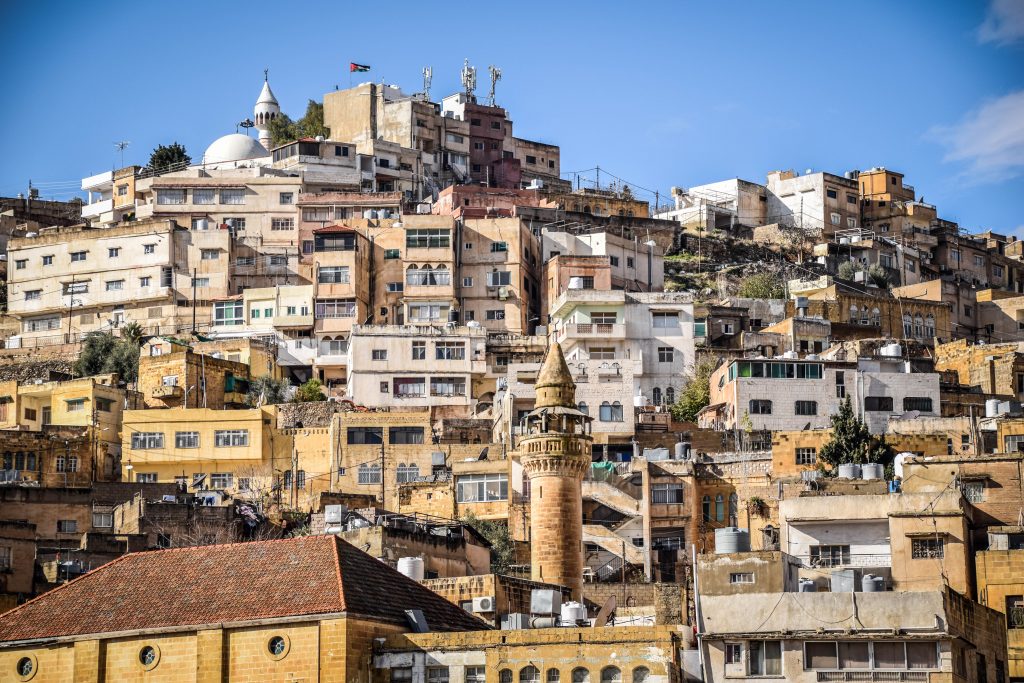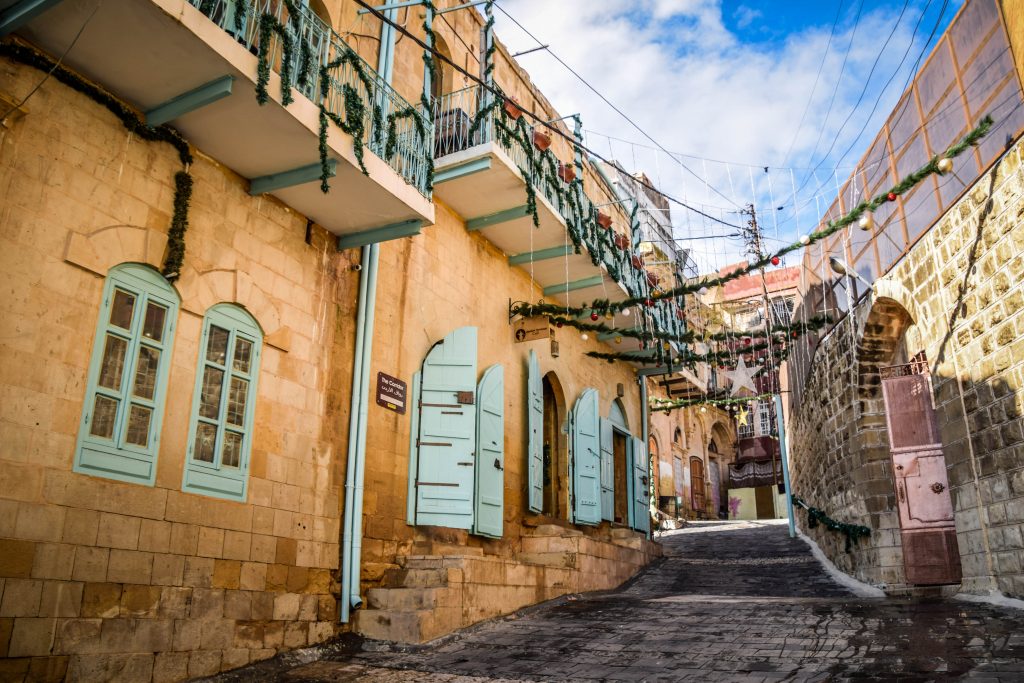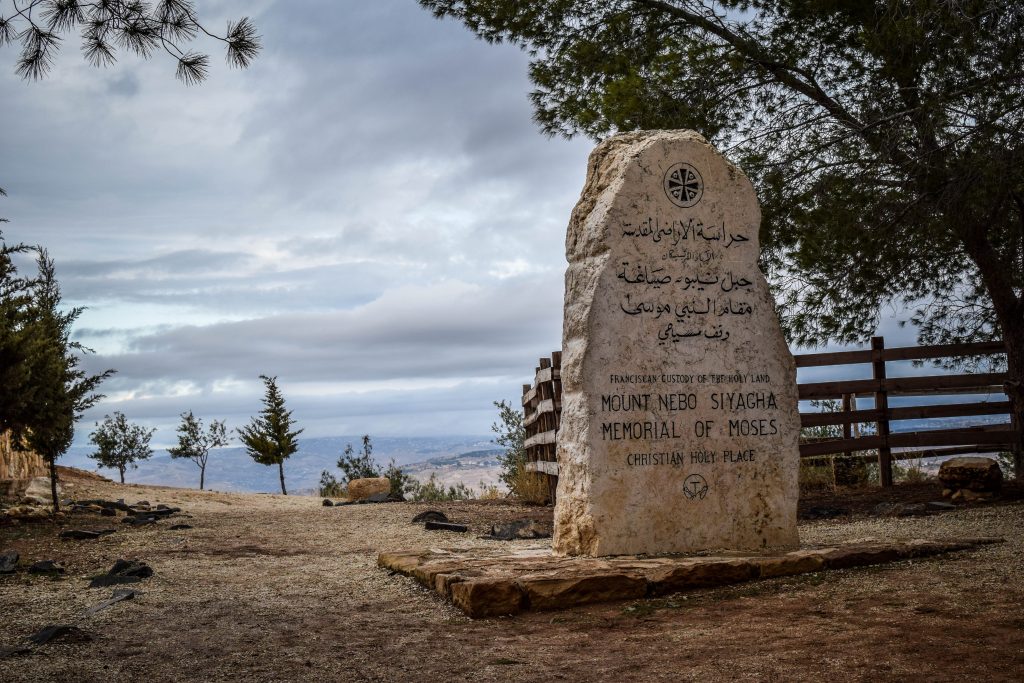Merzouga is a small village on the edge of the Sahara Desert in southeastern Morocco, known for its towering sand dunes, stunning landscapes, and as a gateway to the vast, golden stretches of the Erg Chebbi. These dunes can reach heights of up to 150 meters and extend over an area of approximately 28 kilometres, creating a surreal, otherworldly landscape that feels remote and ancient.
Merzouga has a unique atmosphere shaped by its desert setting and is celebrated for its vibrant yet tranquil ambience. The village itself is modest and rooted in Berber (Amazigh) culture, with people speaking a mix of Tamazight, Arabic, and French.
The region has become a popular destination for adventurers and cultural travellers who want to experience the Sahara up close. Camel treks at sunrise or sunset are popular, giving visitors the chance to ride through the dunes and witness the landscape’s constantly shifting colours in the warm desert light. Many opt to stay in desert camps under the stars, where traditional Berber meals like tagine are served, often accompanied by live drumming around a campfire.
The ecosystem around Merzouga, despite the arid conditions, is surprisingly rich. During certain times of the year, especially after rain, Merzouga sees migratory birds like flamingos visit its seasonal salt lake, Dayet Srji. The desert’s flora and fauna are specialized to endure extreme conditions, showcasing the adaptability of life in one of Earth’s most challenging climates. Nearby, you’ll find fascinating geological sites and fossil deposits dating back millions of years, along with old kasbahs and ksars (fortified villages) that provide insight into Morocco’s history and the Saharan trade routes that once passed through the area.
How to get there?
Getting to Merzouga can be an adventure in itself, as it’s in a remote part of Morocco near the Algerian border. Here are the main ways to get there, depending on your starting point, time, and budget.

By Car
From Marrakech
The drive is around 9–10 hours (560 km) and passes through the High Atlas Mountains, the Tizi n’Tichka Pass, Ouarzazate, and the Draa Valley. Many people split the trip over two days, often stopping overnight in places like Ait Benhaddou or Dades Valley.
From Fes
The drive takes about 7–8 hours (470 km). You’ll pass through scenic towns like Ifrane, Midelt, and Erfoud, a fossil-rich area that’s also a gateway to the desert.
By Bus
Supratours has a direct, overnight bus from Marrakech and Fes to Merzouga. The journey from Marrakech takes around 12 hours and the one from Fes about 10 hours. The bus arrives in Merzouga early in the morning, allowing you to start desert tours the same day. The buses are typically comfortable and air-conditioned, though the ride is long. It’s recommended to book tickets in advance, especially during peak travel seasons.
By Plane
While Merzouga doesn’t have an airport, the closest ones are in Errachidia and Ouarzazate. Royal Air Maroc operates limited flights from Casablanca to Errachidia. From Errachidia, Merzouga is a two-hour drive by taxi or private transfer. Ouarzazate Airport (OZZ) is another option, but it’s farther away (about 5–6 hours by car).

By Private Transfer or Organized Tour
If you prefer a hassle-free journey, many companies offer multi-day tours that include transport to and from Merzouga, typically starting from Marrakech or Fes. These often include stops at scenic and cultural sites along the way, such as Ait Benhaddou, the Todra Gorge, and the Valley of the Roses. You’ll travel in a comfortable 4×4 or minivan with a guide. Shared group tours are more budget-friendly and include similar stops but may be less flexible.
Once in Tinghir, you can easily hire a “grand taxi” to take you directly to Todra Gorge. The distance is about 15 kilometres, and the trip takes 20–30 minutes. Taxis can be shared or hired privately, depending on your preference.
Many travellers opt for guided tours from major cities like Marrakech, which often include transport, local guides, and stops at other attractions like Ouarzazate and the Dades Valley. These tours range from one-day excursions to multi-day trips and are a convenient option for those who prefer organized travel.
Where to stay?
I stayed in Auberge Kasbah Des Dunes which was a great choice. The room was very atmospheric, there was a lot of parking space plus a delicious breakfast was included. The owner also helped me to organize an overnight desert experience at Erg Chebbi.
The best time to visit
Spring (March to May): temperatures are warm but comfortable, typically ranging from 20°C to 30°C during the day and cooler in the evenings. This is a beautiful time for desert landscapes, as the sand and skies are vivid, and occasional spring rains may create rare blooms in the desert. Spring is popular with tourists, especially in April, so booking accommodations or desert tours in advance is recommended.
Autumn (September to November): similar to spring, temperatures are mild, with daytime highs around 25°C to 30°C and cooler evenings. October is especially pleasant. Clear skies and beautiful sunsets make autumn a favourite for photographers and those looking to experience the desert at its most vibrant. Autumn also sees a fair number of tourists, but generally fewer than spring. It’s still wise to book ahead, especially in October.

Winter (December to February): days are mild, with temperatures between 15°C to 20°C, but nights can be cold, dropping close to freezing in the desert. The winter sky is often crisp and clear, which is perfect for stargazing. If you’re prepared for the cold nights, winter can be a magical time to experience the desert’s tranquillity. Winter is less crowded, though the holiday period around late December can be busy.
Summer (June to August): daytime temperatures soar, often reaching 40°C to 50°C, making it challenging for outdoor activities. Most tours run early in the morning or late in the afternoon to avoid the midday heat, and many desert camps close or operate with limited services. Fewer tourists visit in summer due to the heat, making it an option for those who want to avoid crowds, but only if you’re comfortable with intense temperatures.

Erg Chebbi
The most famous sand dune region in Morocco spans about 28 kilometres in length and 5–7 kilometres in width, creating a vast sea of reddish-orange sand that stretches to the horizon. Erg Chebbi is often called Morocco’s “gateway” to the Sahara because it offers one of the most accessible ways to experience the true Sahara Desert. While not as vast as the Sahara further east, the experience of walking, riding camels, or camping among these dunes provides an authentic taste of the desert’s allure.
Popular activities include camel trekking, sandboarding, 4×4 off-road excursions, and quad biking. These activities allow visitors to explore the dunes from different perspectives and provide a mix of adventure and relaxation.

I went to Erg Chebbi three times: twice independently and once while heading to the desert camp. If you go independently, the dunes can be accessed from many points. Once, I parked near the National 4X4 Auto Museum and set off from there, and at another time I simply walked towards the dunes from my accommodation Auberge Kasbah Des Dunes. Climbing the highest one was huge fun! Not an easy job as my feet sank into the sand but very scenic views from the top! I could hear quads in the distance as the dunes were also a playground for such activities.
Be careful as sometimes strong winds can blow sand straight into your face. It’s good to have some kind of face cover.

Overnight at the desert camp
Camel trekking is one of the most popular ways to explore Erg Chebbi. Many visitors take a camel ride into the heart of the dunes, often timed for sunrise or sunset to capture the changing colours of the sands. Overnight stays in traditional Berber desert camps are also popular, with accommodations ranging from basic tents to luxurious setups, allowing for an immersive experience under the stars. I arranged my trip through the accommodation upon arrival to Merzouga and I advise you to do the same for the best price.
The start of the trip was planned at 4 PM but it was slightly delayed as we were waiting for 3 more people to join but seemed that they were still on their way. Finally, I set off alone with the guide as they were not even sure if the other guests would come or not. The ride on the camel was a surprisingly long and super nice experience, even though as always the ass hurt and in general I never feel good riding on any type of animal.
We made a short stop to admire the sunset and then continued to the camp. The camp was really small, basically 3 tents for guests, one for the kitchen and one for dining.

I was sure I was going to be the only guest which would be quite a boring and miserable experience but then my guide came with dinner and said that the other 3 guests were on their way. It was an American girl and two guys from New Zealand. I didn’t get along with them as I could hardly understand their accent and what the hell they were talking to me 🙂 Plus they were young teenagers and some of their behaviours proved that.
After dinner, we went out a bit deeper into the desert to go sandboarding and look for the desert fox. Unfortunately, none of us had a proper headlamp so we could see shadows of foxes moving around but not very clearly. Sandboarding was cool but in the total darkness, I couldn’t even see where I was going and it was so tiring to climb back to the dune! So a great tip: take a strong headlamp! For me, sitting in the desert looking at the night sky full of stars was an absolute highlight. In moments like that, I could feel that I was halfway between space and Earth. We even saw some shooting stars!
In the morning we woke up for sunrise. It was pretty cold so I was glad that I took some extra layers! After that, we went back to the village riding the camels. I had breakfast in the accommodation and then took a shower. It was very nice that they gave me this opportunity even after checkout time, as my skin was full of sand!
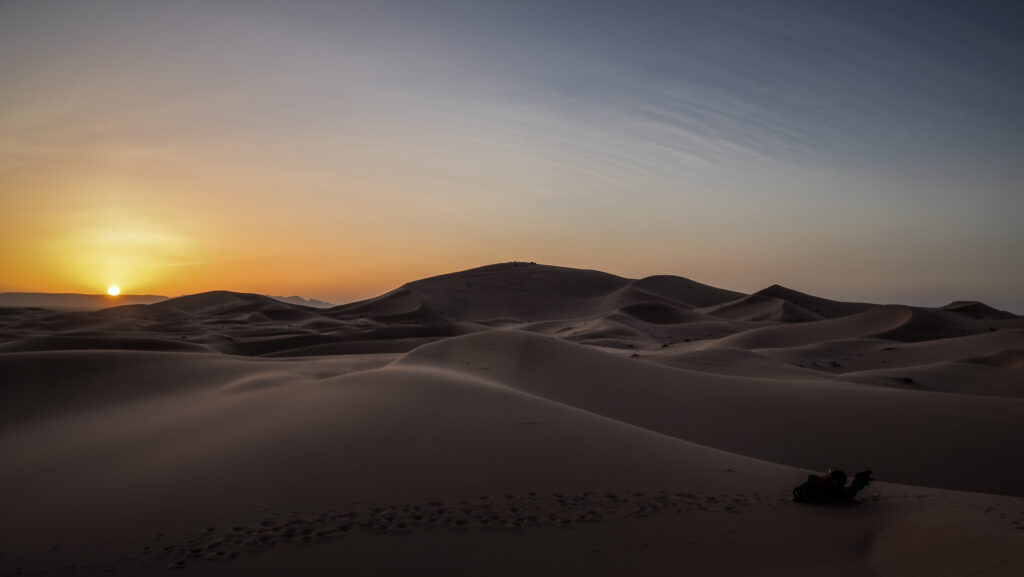
National 4×4 Auto Museum
According to the reviews, the museum features a wide variety of antique 4×4 cars from different eras, all in excellent condition. It’s free but a donation to the guard is welcome. Unfortunately, at the time of my visit, it was closed even though opening hours said it should have been open.
Ouzina
Ouzina is a small village about 60 kilometres south of Merzouga. The local people live in a way that reflects their deep connection to the desert environment, often in adobe houses, and maintain traditional practices, including crafting and agriculture adapted to arid conditions. It is less visited than Merzouga, making it ideal for travellers seeking a more off-the-beaten-path desert experience.
Reaching Ouzina is a bit challenging due to its remote location. Travelers usually take a 4×4 vehicle from Merzouga or Rissani, navigating unpaved desert roads. Many organized tours include Ouzina as part of a multi-day Sahara excursion.
I followed the N13 road to the south, to check how far I could go with Renault Clio. The landscape changed and the terrain was more rocky, without high dunes. Soon, roadworks started and the surface turned into a combination of sand and small stones so I decided to turn back. If you have a 4X4, you can drive all the way to Zagora. It must be an amazing off-road experience!

Sijilmassa Archeological Site and Rissani
From the 14th to 18th century, Sijilmassa was the desert capital and a hub for trading gold and slaves across the Sahel.
Caravans of camels left Sijilmassa for the remote desert salt mines of Taodeni and Tagahaza (modern-day Mali), then travelled to Niger and Ghana, where a pound of Saharan salt was sold for one ounce of African gold. By the 12th century, Sudanese gold purified in Sijilmassa had reached Europe and was coined into European coins.
The city collapsed in the 14th century due to internal conflict. Alawite Sultan Moulay Ismail rebuilt it in the 18th century, but it was eventually destroyed by nomadic fighters from Aït Atta.
Today, the town’s name is Rissani and it is no longer the vibrant place it once was. The 17th-century ksar houses only a fraction of the population, while the modern town consists of just one street and plaza. Few ruins of Sijilmassa remain, but you can wander around freely and use your imagination to feel the grandeur of the ancient city.
If you have some extra time, it’s worth driving about 20 20-kilometre loop along P7107 road through Ksar Guighlane, Ksar Tazegzout and Ksar Jdid El Ghorfa. A lot of great architecture with crumbling kasbahs, but unfortunately as soon as you leave the car, you are surrounded by “guides” who simply don’t want to leave you alone and explore in peace.
Gara Medouar
A striking rock structure that resembles a circus and serves as a natural stronghold, located at 850 meters above sea level. Although the formation appears to be a volcano or a crater, it is an eroded rock from millions of years ago.
In the eleventh century, Gara Medouar was transformed into a castle with a garrison. It probably safeguarded the trade routes from the south as well as the surrounding trading city of Sijilmasa, which produced gold coins. In the seventeenth century, the stronghold was abandoned. Portuguese prisoners of war were housed in Gara Medouar throughout the 1800s. This is how the “Portuguese Prison” gained its moniker. The inmates were made to labour in the quarries and mines in the area. Many of them passed away from illness or fatigue.
Gara Medouar is located 7 km west of the town of Rissani. Look for the turn-off from well-maintained N12 and follow the last 3 km on a gravel route to reach the slope. In optimal weather conditions, it’s possible to reach the place in a 2WD car. Just drive carefully!




